|
Last summer I had to put Glourie House up for sale.
The damp and decay could not be maintained. Empty rooms were haunted by ghosts, the ghosts of my ancestors. They don't seem to know how to act and are afraid to confront me. I can't stand hearing the squeak of their fearful, retreating footsteps. Never once have I heard their voice. An American tycoon had opened a golf course on the coast road. Sunk in a dram of whisky, I reluctantly sold him my ghosts. It's my last day to water the plants and have high tea. Brick by brick, the house and its contents will be stripped and shipped to the States. My ghosts are going to become part of an oldie worldie theme park, yahoo. Maybe next summer they will speak to others through me.
Drawing and words in creative response to The Ghost Goes West (1935), starring Robert Donat.
Glourie House For Sale (2019) 93x58" oil pastels
There is a voice behind the ghost and the silence of pictures: British film star, Robert Donat, 1905-1958.
Before we get to the voice, here are a few memorable facts about this now largely forgotten actor who was so highly acclaimed in his lifetime. A poetically inclined child, Robert would recite Shakespeare in the streets and on the trams of Manchester. "Oh there goes that funny boy again, saying those queer words." A rising star of the stage, he broke into movies with a rebellious laugh. Donate had a screen test for Men of Tomorrow (1932) but the director, Leontine Sagan, thought he was a terrible ham and caused the struggling actor to break down into peels of laughter at the futility of the test. Two days later the test was seen by the head of studio, Alexander Korda. He was so impressed with the jollity that he hired Donat on a three year contract. Breaking into movies isn't usually a laughing matter. Donat made one film in America, The Count of Monte Christo, but disliked the cultural experience, and never went back. Hollywood Studio executives chased him through the courts, but Donat struck a lucrative and unique deal to have high-budget films made in England, culminating in Goodbye Mr Chips (1939) for which he won his Oscar. Several generations of American actors recognised the subtle and charismatic charm of Donat's performances. Spencer Tracy sent him a postcard applauding his decision not to work in the States; otherwise us bums would all be out of business. And then Jack Lemon commented: "The best screen actor to me, without any frigging question, was not even Spencer Tracy, but Robert Donat. And what made him so good was that he always seemed to be acting in the first take of a scene. You have the feeling he has never said those particular words before. You should have the feeling that the film was shot in sequence, even if it wasn't. You should believe that the scenes were acted in chronological order, with no embarrassing little jarring discrepancies of emotion. Robert Donat had that, too – the wonderment that made us think those things were really happening to him." Vicky Lowe describes the appeal of Donat cutting across class boundaries: "Therefore, despite being categorised through his stage work as a classical actor, alongside the likes of Gielgud and Olivier, on film, there is a palpable difference in Donat’s aural presence. Whilst nearly all of the famous stage/screen actors of the 1930s came from a comfortable (usually Southern) background, Donat is a notable exception. Michael Sanderson has researched the parentage and place of education of famous actors of the time including Charles Laughton, Leslie Banks, and Laurence Olivier. All except Donat went to either private school, university or both. Whilst his image fits in with the rest of his peer group, his voice can be interpreted in terms of its difference to his peers. His voice in this country, therefore, was recognised as being beautiful without being necessarily classified as ‘posh’: classy rather than class – bound. Kinematograph Weekly explains Donat’s vocal appeal in this way: ‘In a country of so many dialects and empire markets, spoken English should be unplaceable. […] You cannot ‘place’ Robert Donat’. ‘The best speaking voices in the world’. Robert Donat, stardom and the voice in British cinema" Vicky Lowe, 2004 I want to bring this homage bang up to date. We in Little Old England have endured several years of political chaos in a desire to shift away from the European Union in the direction of new alliances struck with America and other trading blocks. To resolve our current stalemate, we are going to have a winter General Election and another intense period of party political sound biting and speechifying. It's interesting to note, that many of Donat's characters in the movies of the 30s and 40s, in the context of that turbulent political period, have memorable set-piece speeches to deliver: whether as a politician in the Houses of Parliament (The Young Mr Pitt); or as a legal big wig (The Winslow Boy); or in The 39 Steps as Richard Hannay, on the run for his life, seeking sanctuary in a lecture hall and having to deliver an impromptu speech about Scottish politics, grouse shooting and the fisheries. So as I listen to Conservative, Labour, Liberal, Brexit, SNP and other voices, I will filter them through to one exquisite moment in the film, Knight Without Armour. As we Brits bicker and fight to play a role on the world stage, perhaps we can rewind and take a leaf out of Dietrich and Donat in this Russian Revolutionary (shades of Zhivago) saga. Dietrich is an aristocratic prisoner of war. Donate is escorting her to a trial and an unknown fate. In this memorable scene they romantically bond over the poetry of Robert Browning contemplating how to live, laugh and love, moments before a Cossack attempts to slit their throat as the scene concludes. As a cautionary footnote, Knight without Armour, ends on a rather tame note. That doesn't really matter. We often don't succeed in threading together the complex narrative of art and politics. Last summer, you could fall in love with a film star and the fragility of performance and voice.
1 Comment
1862. Irish washerwoman at Counters Creek watches a turd floating downstream to the Thames. A 16 year old laundress at a workshop on Latimer Road, 1890. Dreaming of better pay and romance. 1924 and a depressed char lady, thinks about going to a birth control clinic that has opened in the area. V-E day in Europe and women at the Silchester Road bath and wash house sing: “We're going to hang out the washing on the Siegfried Line!” Testerton Road, North Kensington 1967: West Indian sisters are flooded out of a slum house and seek sanctuary at the bath house. 1970s: the building of Lancaster West estate and the campaign to save the Victorian bath and wash house. 1980s: residents of Grenfell tower look down on the bulldozed bath and wash house. Dirty Linen washed on 12 pages Artist's book, 6x4" Oil pastels, ink, pencil 2019 Project blog post: To marry an ironer is as good as a fortune Come, my dear referendum Go deadly cat > apps < bleed the VHS signal The night I buried my passport (in 1973) A suitcase for the deal Euro sting in the Scorpion's Tail The torture of Article 50 What have you done to Therese's voice? Whiplash for the body politic The killer rubber dub (out of sync) Brexit - My Giallo 10.5 x 15cm, oil pastels and pencil 2019 (going on 1973) At the Battersea fun fair, the crimson sun hangs over the big dipper. Do not stand up. Hold tight. The rush of sky against land, holding hands, giggling. Toffee apples and candy floss; pocket picked as the Mod-Rocker's brawl. A child, lost and found as their balloon floats across the river. Wetting yourself with joy at the water chute, then hiding your peed crotch in the Ghost Tunnel. The coconuts are all shy of their targets and prizes: goldfish or doll puppies. Too old to hold hands in public: the lip stick on the glass, the cross necklace is thrown away. The haunting sound of an Irish harp, busker, with no pennies in a cap. The power station pumps out smoke that slowly drifts across the park. Good night sweet memory, tinged with sadness of the fun fair. The Fun and the Sadness of the Fair Artists book, 21 x 10 cm Oil pastels, pencil October 2018 The Metamorphosis of Vine to Wine Charcoal, 78" x 57" 2019 "Three bowls do I mix for the temperate: one to health, which they empty first; the second to love and pleasure; the third to sleep. When this bowl is drunk up, wise guests go home. The fourth bowl is ours no longer, but belongs to violence; the fifth to uproar; the sixth to drunken revel; the seventh to black eyes; the eighth is the policeman's; the ninth belongs to biliousness; and the tenth to madness and the hurling of furniture." From the play Semele or Dionysus by Eubulus, c. 375 BC I never knew my grandfather, on the Greek side, but am named after him, Constantinos; His nickname on the island was Barba Chedeli. He cleared all the stones from the valley to grow crops that were sold at the market. Built his own house, furnace and wine press where grapes were crushed underfoot. Drinking in moderation, but enough to loosen the poetics of song and dance. In the face of war and famine, he was quite simply, glass half full. I thought I knew my father, a Pole. But he could never talk about the war and famine that exiled him to England. Vodka was never enough to loosen the poetics of song and dance. He loved me but I don't know if he was ever truly contented. No words in any language could quench his half-empty thirst. The mist drifts down the vineyard and into the corridors of the mind. This is the story of four bowls plus one and four. Drinking rituals executed with no particular rhyme or reason, beginning or end. An Existential compulsion. Top, left to right: Ruin of house built by Konstantinos Christofis, oven and wine press Bottom: Valley of rocks cleared for cultivation of crops, Oinousses Musical refugee as the city of Smyrna burns 24x20" charcoal 2009 A cafe in Smyrna where a Greek lad brazenly sings about killing and raping the enemy; And as he staggers home, drunk, after closing hours, a knife is plunged into his stomach. He dies in the arms of his sister asking for a glass of water. The heavens finally open to provide relief to the unseasonal temperatures. The family are sharing a heady brew, performing the last rites with a night vigil. Tomorrow they will gather their strength to bury the elder. But the stomach of the corpse starts to rumble and the children laugh, contagiously. They and the dead have not eaten any food in three days. The radio broadcasts convey the indifference and desperation of the phoney war. The family decide to bury their prized possessions, including a crate of wine, Little suspecting that the Nazi's will plant a colony of new forests on their land; At the same time, neighbours are either executed, or forced to wear a yellow triangle on their back. 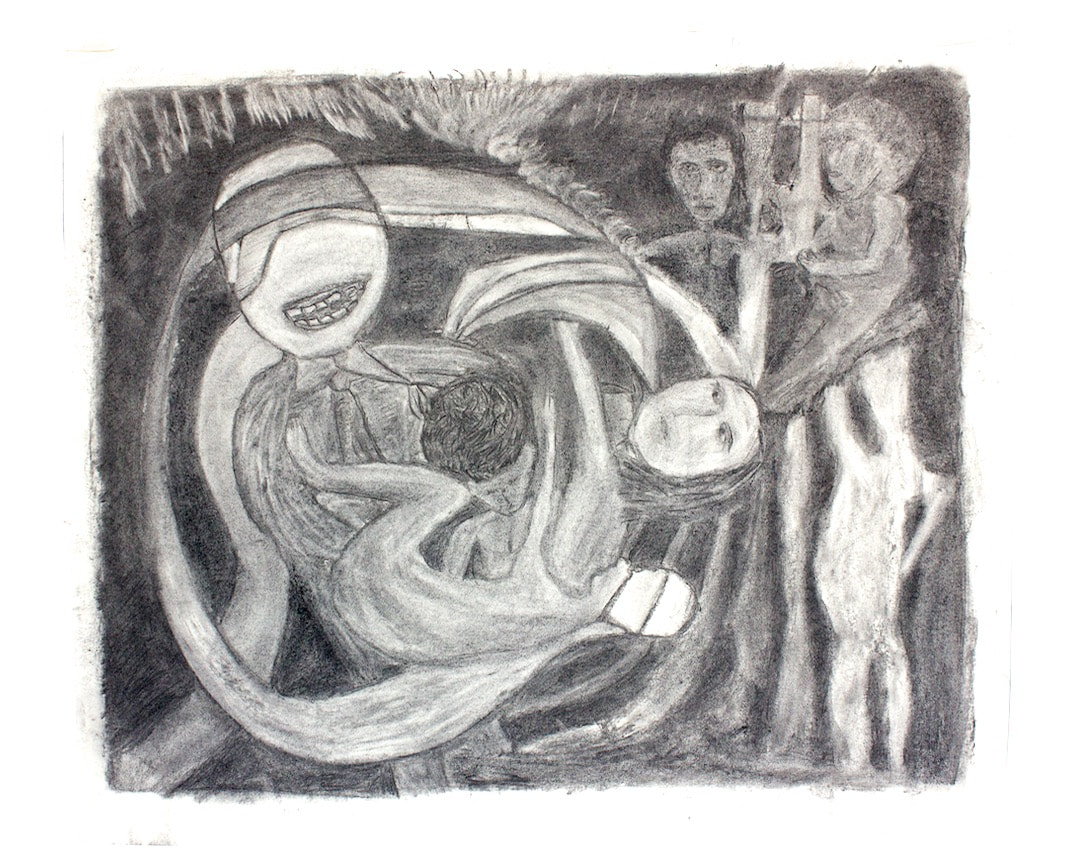 Bound and gagged 23x19" Charcoal 2010 The student on the Intercity 125 has a Cold-War identity crisis. Tucked in the breast pocket of his 1940s herringbone overcoat is a 50ml bottle of Glenfiddich And a notebook of Ted Hughes-inspired poetry written under the pseudonym of Marian Evans. The wonders of a comprehensive education and full-maintenance grants; With enough left-over change in the other pocket to fund decadent posturing. Thatcherism hasn't fully fucked up or revolutionised the country, yet. Every time she cooked a meal, pasta alla wild fungi, cooked in red wine, Trying to worm her way to his heart through the stomach: His stomach ached and gassed for several hours, kiss by kiss. Lilac Wine by Jeff Buckley was playing in the background. There is a lone child in the other room of the flat and it is hungry. With bottles scattered behind pot plants, cans crushed under sofa cushions, She has had too much to drink and vomits up a meal of alphabet vegetable soup. And now still retching, trying to divine the significance of letters in the sink...G...M...T.... Suspense with suspenders 24x20" Charcoal 2009 It's a hen cruising night at Camden, three over the clock. Sat on the edge of a kerb stone, dress semi-hoisted, bladder overflowing, She wants to leave her piss stain for all the zombies in town. England have been knocked out of the World Cup. Then. Commotion. Club-crawlers are alarmed. But as her eyes refocus, there is a female death-metal band running down the street. She laughs at this godforsaken photoshoot and dribbles more pee. Instinctively. Fingers. Instagram. He has a name in the art world for creative notoriety in the manner of Francis Bacon: Violently bragging about who dares wins, fuelled by drink more harmful than cocaine and heroin. Not to be outdone, his partner has left him for an Amsterdam retreat. They are cursed to fantasise about each other in hangover and high mushrooming cloud. The cuts and bruises still fresh on their respective bodies. There is a trade war between China and America. Tree as a thorn in my eye (Set design after Wojciech Has's Saragossa Manuscript) 23x19" Charcoal 2010 Donning hat and coat and slipping on dancing shoes. Le freak, c'est chic or is it the Can-Can? His or her mind is shifting in time and place. And this is the first time you fully recognise a problem with hearing and balance. All those drunken conversations and couplings, fading to static and then silence. The flesh, still willing, spinning you on the dance floor; until the world falls from grace. Your life was foretold in the opening sequence of the film, Le Plasir (1952), Where a masked young dandy celebrates life on the dance floor, then collapses. How is that possible? Perhaps, if we cut out the liver and rip-off the facial mask, Everything in the spurting toxic blood will be revealed as both ancient and Science-Fiction. L-R: Three generations: Konstantinos, Constantine and Kazimierz Gras
View of Bramley House (foreground), Silchester Estate high rises and Westway from the 17th floor of Grenfell Tower, 2015 If you put your ear to the ground, what can you hear? Perhaps Counters Creek - the subterranean stream that flows down from Kensal Green And threads past Silchester and Lancaster West Estates in North Kensington, London. If you start to excavate Lancaster West Estate, what fragments do you unearth? Possibly cups and saucers made by the Victorians and still serving post-war descendants. These are buried in the slum clearance of the 1960s and 70s. Now open up your inner being and listen to not just the stream and shattered shards, But the cries of people who were displaced by the town planners: During the first phase of redevelopment in this area Decades before the building of More West and the cladding of Grenfell Tower. The last words uttered, in-between sips of tea and beer. Here is one of those distant voices that rings loud and true: "To whom it may concern Having received your notice of your intention of developing this area And your formality to ask me to object, I SHALL, most sincerely, object on the below grounds: 1. Before I bought this property on Talbot Grove, I came to your Town Hall in person enquiring into any future development. A map was taken out, overlooked and I was informed that you had no immediate plan. I purchased the property. 2. After purchasing the property, I spent what is a large sum of money, to me (over £500) to insert a damp proof course, where after I was able to have a closing order removed. 3. I bought the property for private and undisturbed accommodation for my children. If their home had to be taken away, it would re-open a sore of housing accommodation and restrict their movements. 4. I have NO CONFIDENCE in the Kensington Town Hall. I have a genuine grievance which I believe is equally reciprocated by the Town Clerk and his colleagues. i have been in my opinion cheated and my feelings were expressed in various correspondence to him, Colonial Office and other officials, all to no effect. 5. As a negro, I have no status, I have NO ONE to whom I can go for sincere advice. NO ONE to whom I can seek redress. 6. If my property has to be taken by the Town Hall, I am sincerely afraid that it will be priced to suit the Town Clerk's wishes. I DO SINCERELY OBJECT Yours faithfully ........" North Kensington, late 1960s; consultation meeting regarding redevelopment Reproduced from Community Survival in the Renewal Process, PHD by Derek J. Latham, 1970 That was 1966. Here is another, less anguished, but equally desperate voice from 1971: "Dear Sir, Re: Town and Country Planning Act - 1962 Proposed Development at Lancaster Road, W11 Our main objection is that we fear not enough compensation will be paid, to enable us to purchase a similar property where we can live and carry on our business. A change of business will undoubtedly cause difficulties to our business. We feel that in running the Oriental Casting Agency, we are rendering an important service to the Entertainment industry by supplying them with mainly Afro-Asian artists. We are the oldest established Agency of this type in London, and we provide a livelihood for many Afro-Asian actors, actresses and models etc. A change in address would have considerable effect on the growth of the business, which has, in the past few years, been very marked. We have carried out numerous improvements to the property that was purchased in 1964. We would like to make it clear at this early stage in the proceedings that before we could agree to the development taking place, we would insist on the following points: a) Either we are provided with an alternative house of a similar type and condition, suited to our requirements. Or we are provided with adequate compensation. b) When and if we come to an agreement with the G.L.C. over this matter, we will be allowed at least ten months to enable us to make arrangements for the transfer of our business to the new address. Yours faithfully, .........." The Oriental Casting Agency. I suspect they might have supplied the plethora of Afro-Caribbean actors used in Leo The Last; the powerful film about an aristocratic slum landlord who is radicalised by his poverty-stricken community and whose townhouse is destroyed in the process. It had just been filmed on Testerton Street prior to that being demolished for the Lancaster West estate. Testerton Street, west side, 1969; where all houses are painted black by the set designers of Leo The Last RBKC Local Studies and Archives Walkway at Lancaster West estate built over Testerton Street Left: Salambo Mardi (acted by Christine Richer) Right: Leo The Last (acted by Edward Daffarn and Constantine Gras) Oil pastels, 16.5 x 23" 2015 We can trace a line of community protest through official and non-official channels. The ones that are officially recorded, pre-internet, are the petitions taken to the town hall. They tell a story of how residents organised themselves and attempted to shape the urban development of what was to become Lancaster West estate. Petition 1, June 1968 A petition was presented by Cllr. Douglas-Mann, urging the council to consider the plight of residents living within the boundaries of the development scheme who were unfurnished tenants. The recent housing survey undertaken by the Notting Hill Summer Project had shown that there were 167 furnished tenancies and all the families living in these cramped rooms, often without heating or water, were in need of being rehoused. Social workers and community organisers were raising this as a major concern. This petition was signed by 1,194 residents with 538 within the development area. The council at the time was under no obligation to rehouse furnished tenants but would consider cases of genuine hardship. The priority was given to those on the waiting list. Petition 2, June 1969 The following statement and petition was handed in to the Deputy Town Clerk by Mr J. Denham of the Lancaster Neighbourhood Centre. He and 30 children and 2 mothers had marched from North Kensington to the town hall. "To the Council, Sirs, We are told that the infant mortality rate of our borough is 40% higher than the average for the other London boroughs. We feel that child care in this borough is as good as in any other. Our conclusion is that the bad and often insanitary housing prevalent in North Kensington, overcrowded conditions, and lack of playspace and amenities constitute a direct threat to the health and happiness of all children in North Kensington. In view of this we urge: 1) That there should be more provision made for the rehousing of large families under the Lancaster West Redevelopment Scheme 2) That no family shall be evicted under any clearance scheme, whether they are furnished or unfurnished tenants 3) That North Kensington should be considered a housing emergency area and that all available local and national resources should be mobilised to see that every family in North Kensington has a decent house. Lancaster Neighbourhood Centre." The council generally regarded furnished tenants as mobile and of temporary duration, but would consider for rehousing those were who were long-term residents and who had genuine hardship. Petition 3, Nov 1974 Cllr John F. S. Keys presents a petition protesting at the conditions of the roads and footpaths around the Lancaster West Redevelopment Area. This was signed by 250 local residents. "We call upon the council to take immediate action to eliminate the danger to pedestrians, cyclists and motorists." The Council noted the concern and although this was beyond the normal resources of its cleaning service, would consider the possibility of introducing an Environmental Code of duties for contractors. Petition 4, July 1978 A petition signed by 135 residents and children of Lancaster West Estate calling for more open play spaces in the area. The council believed the residents were not aware of their plans to include more play spaces in the development. Petition 5, May 1979 Cllr. Ben Bousquet presented a petition from tenants of the Lancaster West estate urging the council to reconsider their policies of switching off the central heating at estates at the end of april and extending services until the end of may. Petition 6, November 1981 A petition was presented signed by 238 residents which contained the following "prayer": "We the undersigned residents of the Lancaster West estate demand that the council gives priority to resolving the problems caused by the plague of cockroaches, bugs and other insects in our homes. Further, we understand that these insects constitute a health hazard and we are taking legal advice to our rights against our landlord, the council. Meanwhile, should nothing be done we may consider withholding our rent and rates until those insects are eradicated from our estate." The council noted that cockroaches had gained a foothold in ducts and pipes at Grenfell Tower and Camelford Walk and were responding to this. Although a pest, they have little medical importance beyond the psychological effect of their unpleasant appearance. It was difficult for the council to access flats as a blanket treatment would be carried out to prevent further spread; legal forced entry might be required. The other insects mentioned are thought to be ants which appear from time to time on the estate. Tenants would be left to deal with this themselves. Edward Daffarn reading from a petition handed to the RBKC Scrutiny Committee, 2015 Petition 7, January 2016 Grenfell Tower Residents address RBKC Scrutiny Committee The residents had invited me to attend and document this meeting. This is a summary of the speech given by Edward Daffarn: "Thank you for allowing the residents of Grenfell Tower the opportunity to inform the Scrutiny Committee of the ill treatment, incompetence and plain abuse that we have experienced at the hands of the TMO during the Grenfell Tower Improvement Works. I am speaking to you in my capacity as a Lead Representative of the Grenfell Tower Resident Association, that was formed through adversity, in the summer of 2015 with the support and encouragement of our local MP, Lady Victoria Borwick. To back up the testimony of Grenfell Tower residents to the Scrutiny Committee members of our R.A recently conducted a quantitative survey of leaseholders and tenants to measure levels of resident satisfaction / dissatisfaction as a result of the TMO's handling of the Improvement Works. The findings of this survey are truly shocking. The survey revealed the following facts: 90% of Grenfell Tower residents have reported that they are dissatisfied with the way in which the TMO has conducted the Improvement Works. The survey found that 68% of residents said that they had been lied to, threatened, pressurised or harassed by the TMO. The survey also revealed that 58% of residents who have had the Heating Interface Unit (HIU) fitted in their hallways would like them to be moved to a more practical and safe location. As a result of the findings of our survey and with the support of Lady Borwick, the Grenfell Tower Resident Association is calling for the Scrutiny Committee to commission an independent investigation into the Grenfell Tower Improvement Works, not least, so as to prevent the traumatic experiences of local residents being replicated when the RBKC undertakes the Improvement Works to other tower blocks in North Kensington." Link to full speech on the Grenfell Action Group blog. At the Scrutiny meeting, the council agreed for an investigation to be undertaken on behalf of the residents. However, this was to be managed by the TMO. I was artist in residence at Lancaster West estate from April 2015 - June 2016 where I interviewed all of the original architects about their vision for the estate. I was not allowed direct access to Rydon and the other contractors tasked with the renovation of Grenfell Tower. Although commissioned by the TMO to make a short positive film about the works and to produce an art work for the new community space, I found myself deviating somewhat from the brief, especially once I started to listen to and record the life stories of residents. For a previous project, I made art with residents from Silchester Estate that drew on the social and mythic parallels with Leo The Last. This time around, I felt more like Leo, the individual who is observing and then directly implicated in the ensuing struggle that was taking place between residents and TMO/contractors/council. The film I made was a one hour portrait of residents. This was visually admired by the TMO, but was rejected as not fit for PR purpose. The art work made by children during the Grenfell fun day also languished and was never displayed in the tower after the works were completed. Silchester Baths photograph, protected during building works in the lift lobby at Grenfell Tower, 2015 It should be noted that throughout its forty-year plus history, Grenfell Tower only had one art work on display. This was an evocative archive photo of Silchester Baths, the Victorian building that was sited near the tower and which critically altered the original masterplan as it became temporarily listed before being demolished; it subsequently became car parking, green space and is now the site of the Aldridge Academy. There was never a description included with the photo to explain to newer residents why the Baths were of importance to the local area. I raised this with the TMO, but it was not important in the scheme of things. With my ear and inner being, I hear and then evoke..... Generations of residents living in houses at Testeron Road as they bathe their bodies and wash their clothes at Silchester Baths. The Baths and houses were caught in the red line of Slum Clearance programmes. A film maker took hold of Testeron Road prior to it being wiped off the map by the council. A false posh house was build by the film crew and then cinematically destroyed. Leo The Last tells us that we can't change the world, but we can change our street. Out of a ruined landscape, Testerton Walkway was built, one of the three blocks of housing that radiates out from the tower. Grenfell Tower was renovated from 2015-2016 with an artist employed on site. 72 people died in the fire on the 14 June 2017. When I think of Silchester Baths, Testerton Street, Testerton Walkway and Grenfell Tower, they should all be an interconnected and positive inspiration for how we manage space and housing; how this relates to play, heating, the control of pests and the consumption of social cups of tea. We symbiotically draw our health and wellbeing from the underground currents. Alas, those currents contain an equal measure of bitter tears and spilt blood. Tuesday, 25 July 2017 Grenfell Tower Inquiry Consultation on terms of reference A voice from the floor: "Looking at Grenfell Tower is like peeling back layers of the onion. At the surface a range of issues about building safety and failure of services to respond adequately to an emergency and tragedy. Behind that is the history of contempt and neglect that enabled those building regulations failures. But behind that is the reality of discrimination. The process that decides who it is gets burnt to death and who sleeps happily in their comfortable homes. Many survivors have put their fingers on that underlying reality. They were given unsafe housing and the terms to make it safe refused or ignored because of who they are. They are by and large on modest incomes, black and from ethnic minorities or migrants. This is not just about housing allocation in Kensington and Chelsea. Some of those killed were private leaseholders or private tenants. It's about how some people end up in worse housing, and then it's about how those people are treated as residents, as citizens, that they are effectively excluded from the important decision and that compounds their disadvantage. That's not just a problem in Kensington and Chelsea, but sadly there's nothing worse than Kensington and Chelsea." Artist studio at Shalfleet Drive, 2015
A map of the listed buildings and structures in the Royal Borough of Kensington and Chelsea I added Silchester and Lancaster West Estate to the list as they were threatened with regeneration
Unfurl a roll of paper to walk across the marsh grass fields of Kenilworth. This is a landscape that once had an artificial lake to defend the castle And where the longest siege in English history took place in 1266. The medieval scream of arrows is not conducted into my middle ear. But an image develops in the liquid memory. Bright young things, mustering arms, on the footbridge. A battle of poohsticks in the brook. Laughter resonates even at times of civil war. The paper curls back.
You are on a mission, but beware - there is no past and there is no future.
Baudelaire did not fly or Rimbaud die and Lemy Caution is missing in action.
Rendezvous: "Brown tie?"
Password: "And braces!" I am waiting here for the French agent with feathered hat.
The phone does not ring.
Still waiting. I am distracted by the kamikaze dive of a demented fly. In one hand, a book of poetry by Anna de Noailles. The other to mouth, sipping champagne out of a cracked glass. I spy a refracted card being delivered under the door. This facet a clue? That one a trap?
At the Institute I am ushered into a meeting room.
The silhouetted outline of a man is framed by a monstrous clock. It has no second or minute hands. The machine activates and my brain quivers.
I come round on the floor in a darkened cell with a folder in my hand.
I crave to read the contents, but.... I... wake.
I... wake on a bench outside the Louvre which is turning inside out.
My memory has been semi-erased. Was I.... a.... European son? Madeleine? Painting 1: The Poet's Elixir After Baudelaire Or in other delirious words: "Pretty witty twoon. Swoony noon loon." Acrylics and collage. 10 x 14" 1991 Photo: Down and out in Paris Summer, 1987 Business card Hotel de Champagne et de Mulhouse, 1987 Leaflet Advance Computer Institute, Rue du Faubourg-Montmartre, 1987 Folder 1986: Visnews International news agency that broadcast the first daily satellite news service. Drawing 1: Louvre, Outside In Oil pastel and pencil, 22 x 17" 1996 Drawing 2: Louvre, Inside Out Oil pastel and pencil, 21.5 x 19" 1996 Filmic sub-text: Cléo de 5 à 7 Directed by Agnes Varda, 1962 and starring Corinne Marchand Alphaville: une étrange aventure de Lemmy Caution Directed by Jean Luc-Godard, 1965 and starring Eddie Constantine A blog entry inspired by seeing these films after an absence of 30 years; akin to waking from a dream. I will overcome e-motion and travel sickness in search of past-tense, future-flex. Welcome. Don't miss Britain. Make the most of your visit. Welcome booklet oil pastel, pencil 8 pages with foldout, 50x21cm, 2018 Welcome booklet number 2. Welcome to our diamond isle in both 4k and 18k. Welcome to houses and apartments in the corseted green. Welcome to Cola Costa Coffee. Welcome to the smoking tower of art and loopy loops of magnetic tape. Welcome to the purr-fecf talk and walk. Welcome to surgical appliances and bottled scent of Bambi. Welcome to a big beautiful sleep. Welcome to a breakfast of fig and fennel hormones. Welcome to your mood music. Welcome. Please take notes and make any necessary drawings. Welcome. Welcome booklet no. 2 (with notes and drawings)
oil pastel, pencil 20 pages, 50x21cm, 2018 |
Categories
All
Archives
May 2024
|
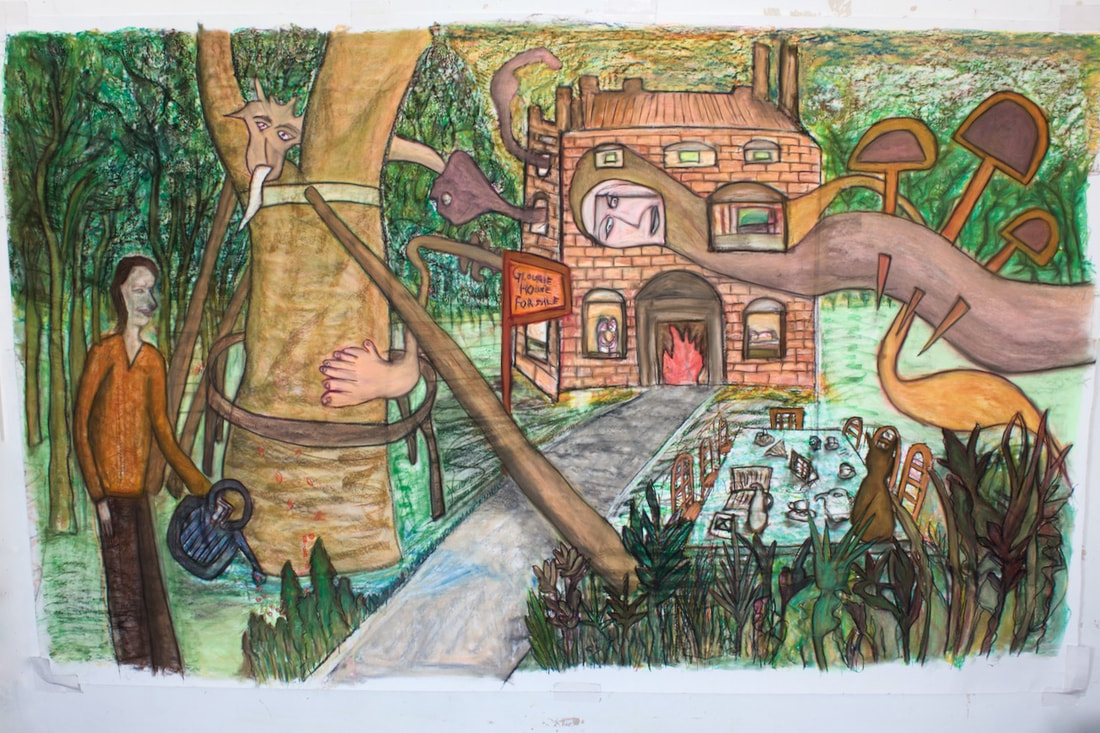
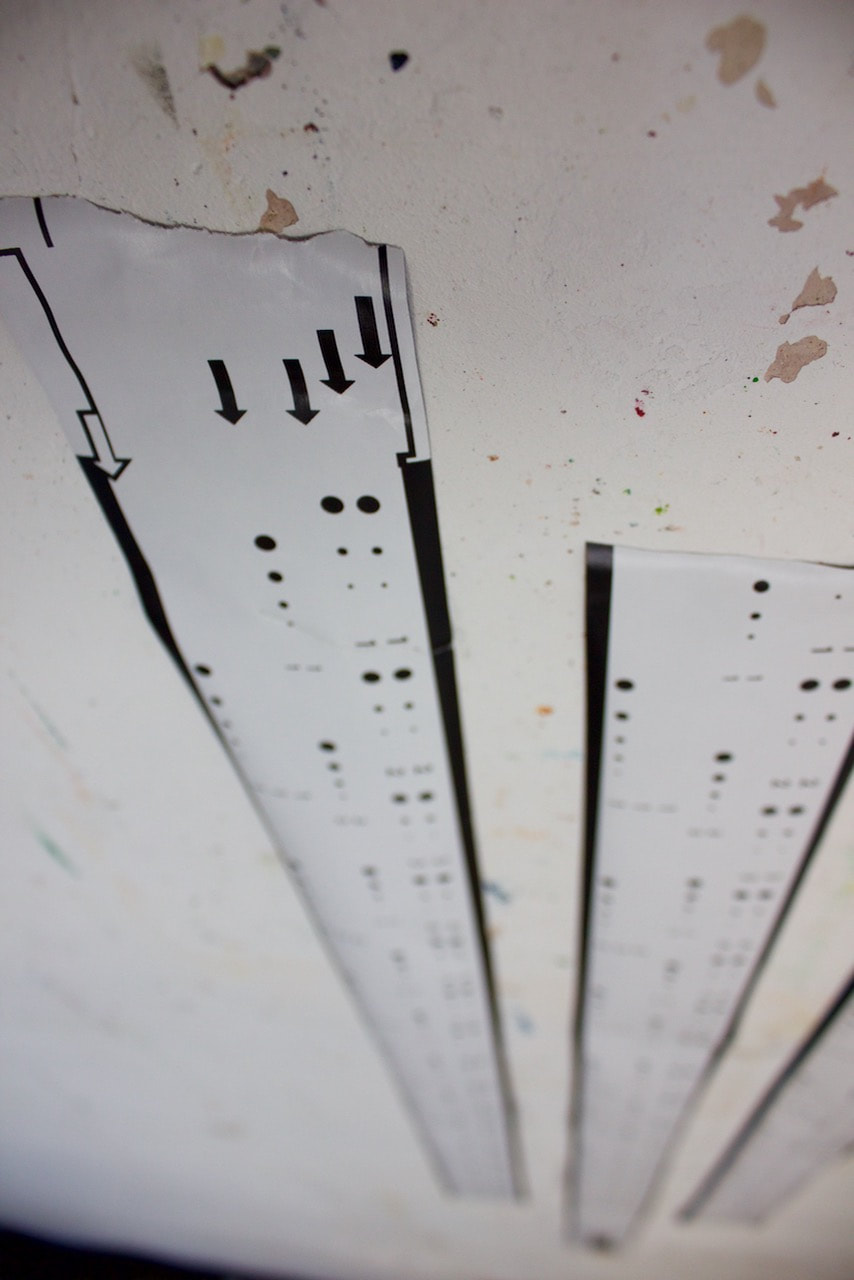
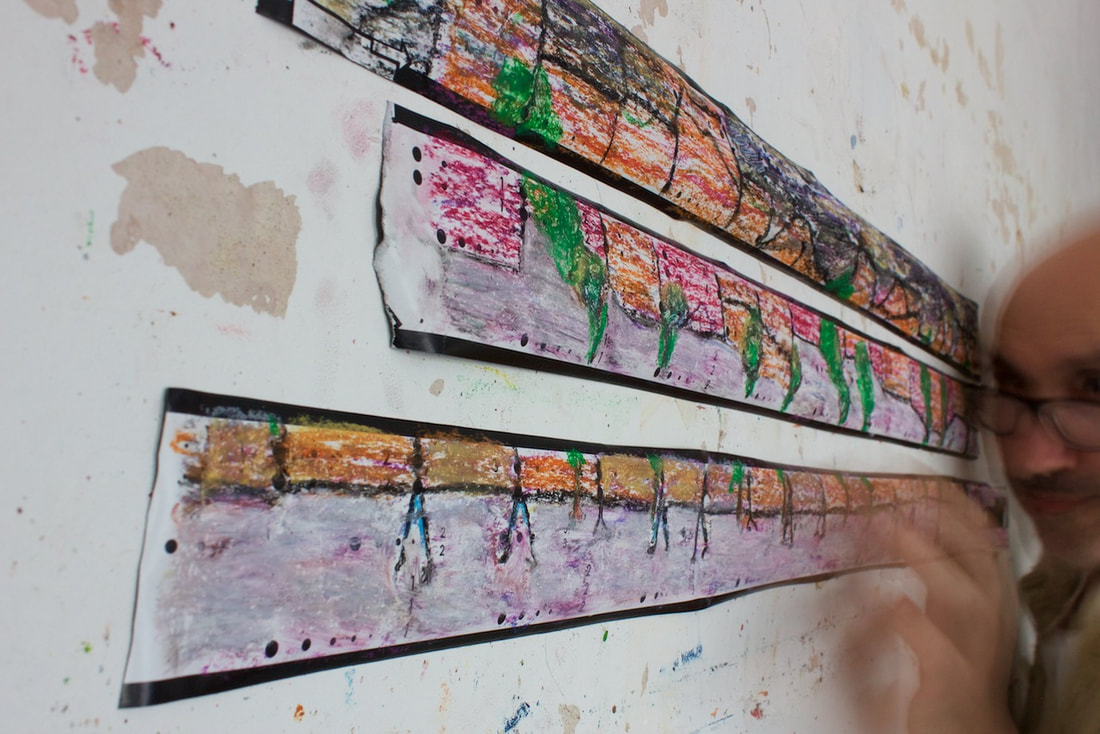
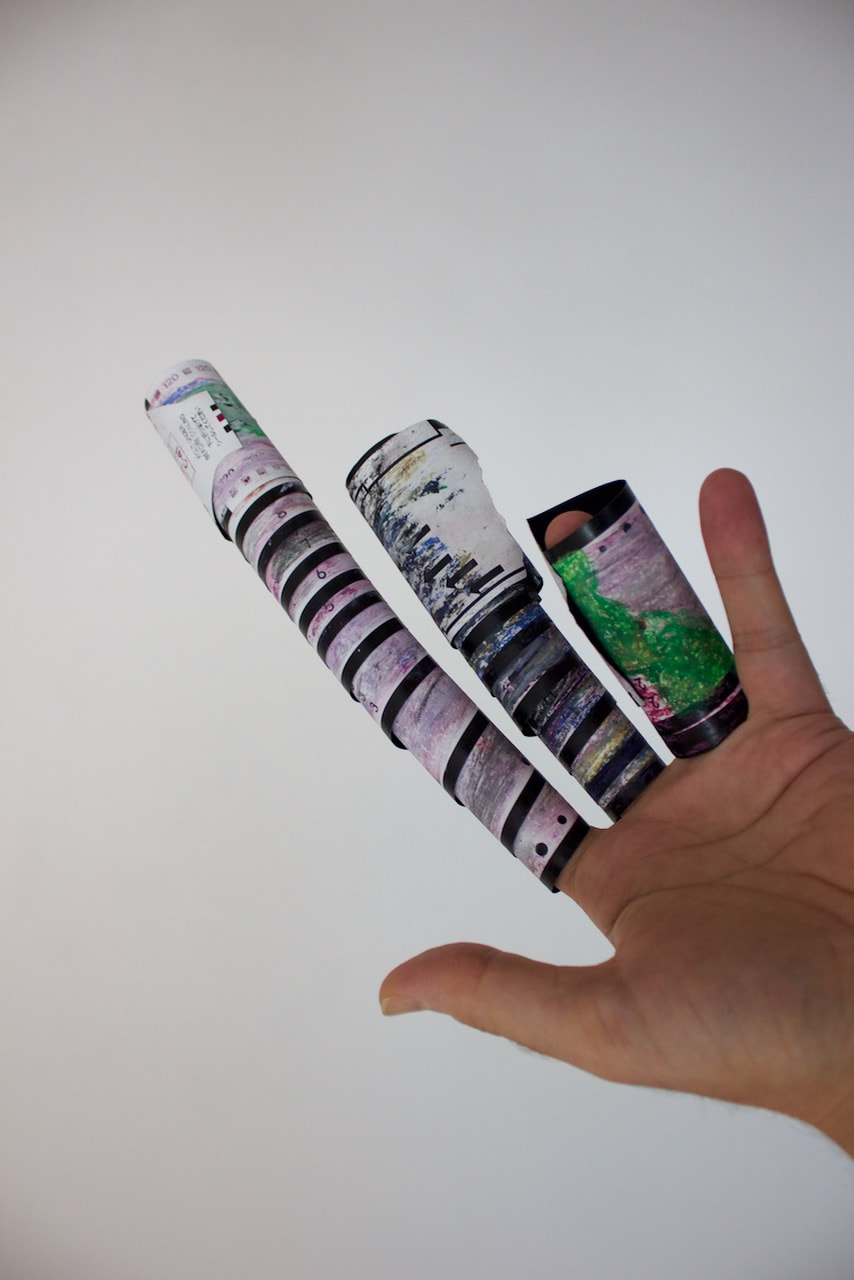
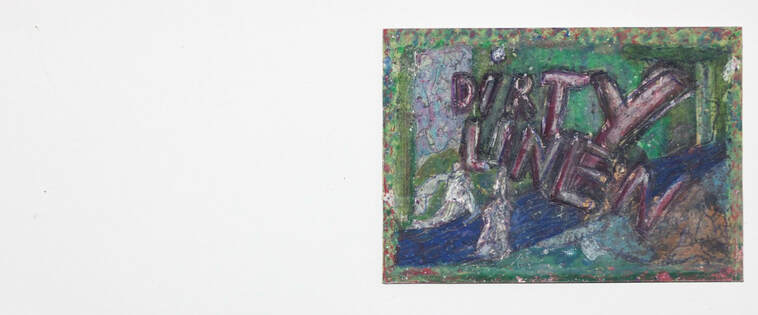
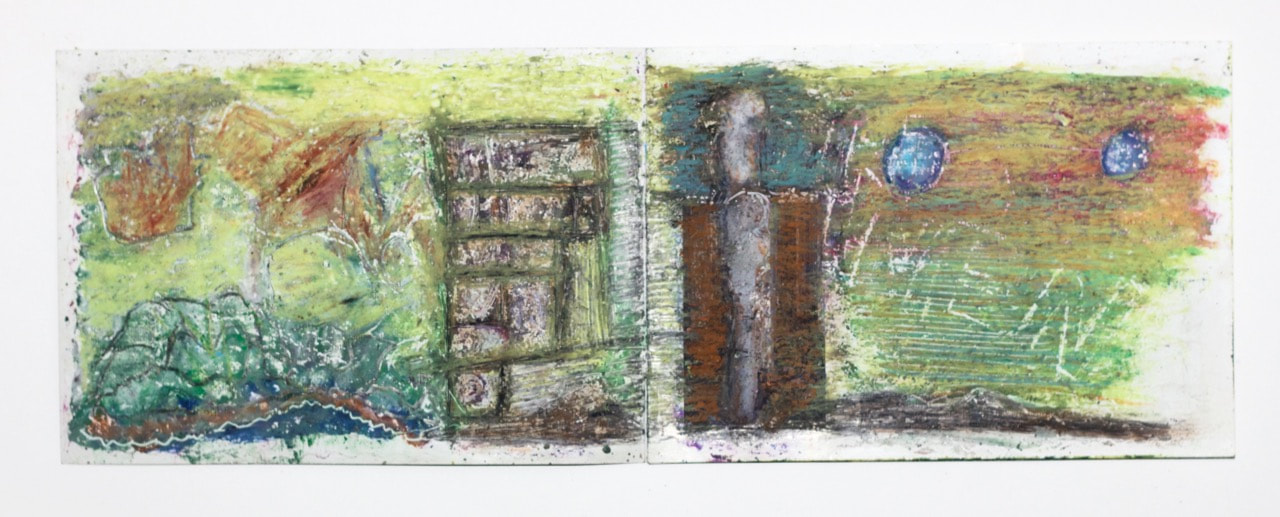
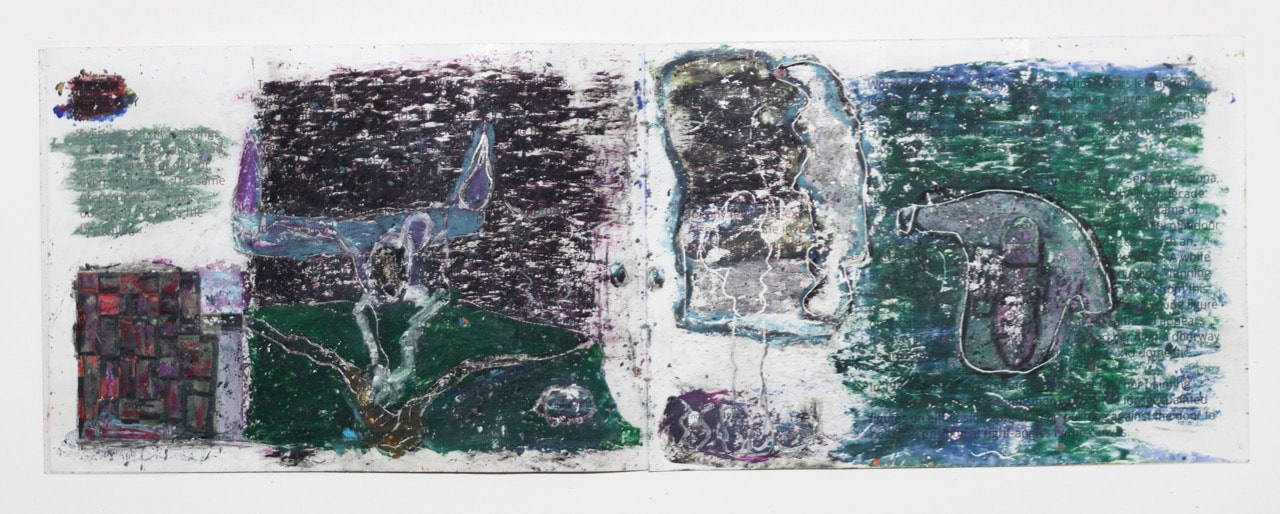
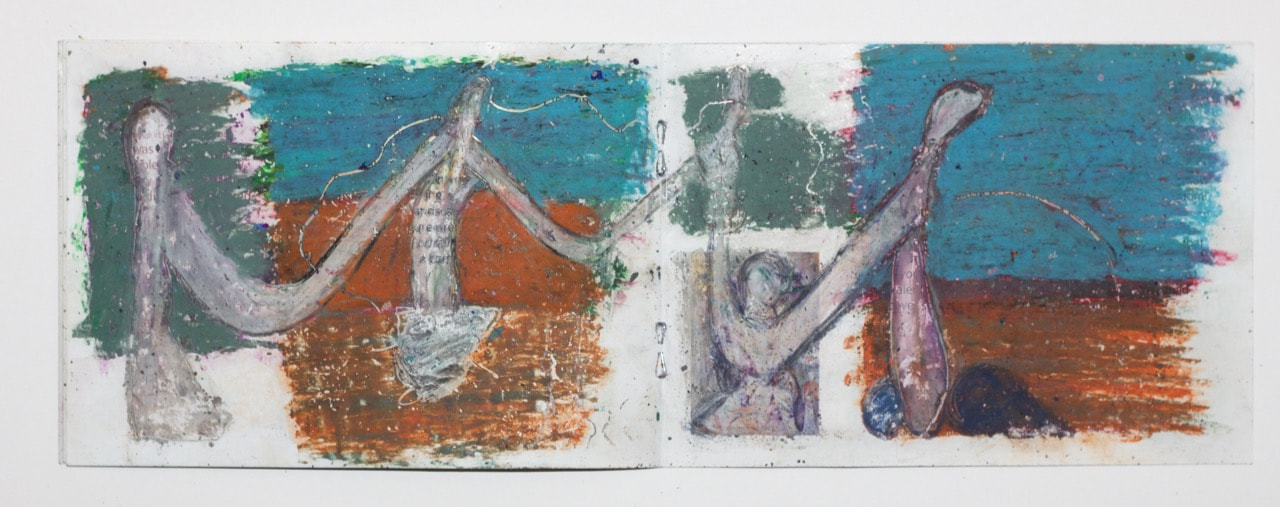
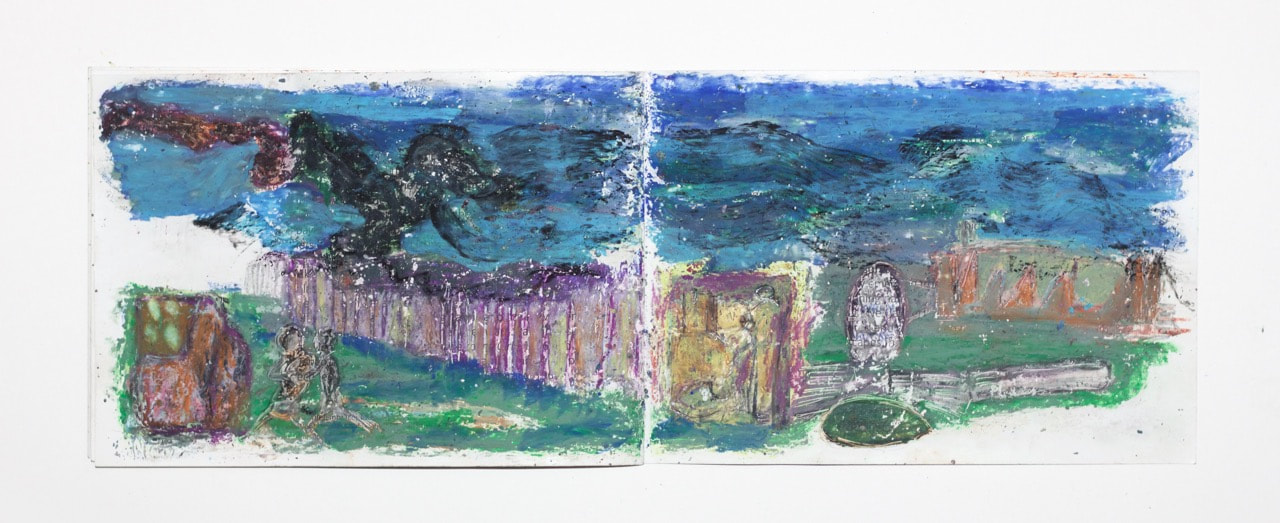
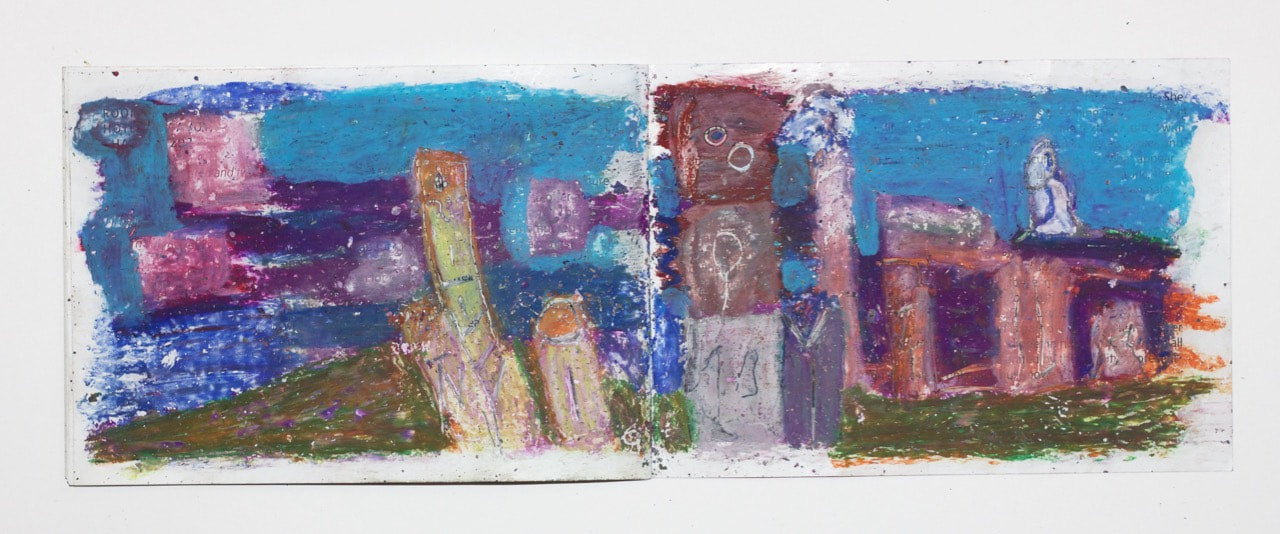
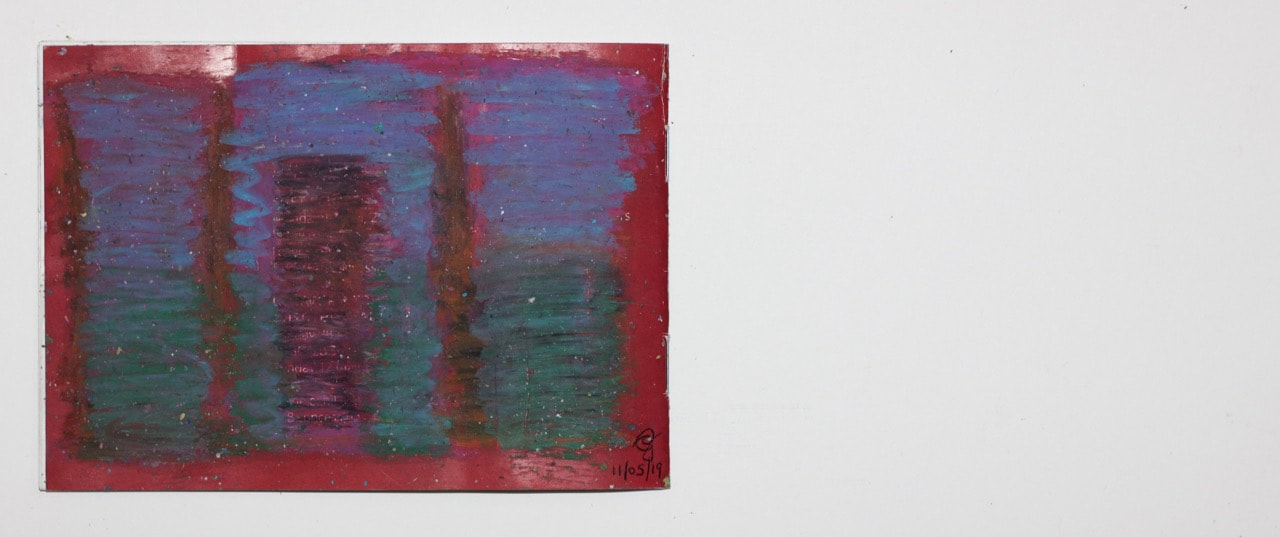
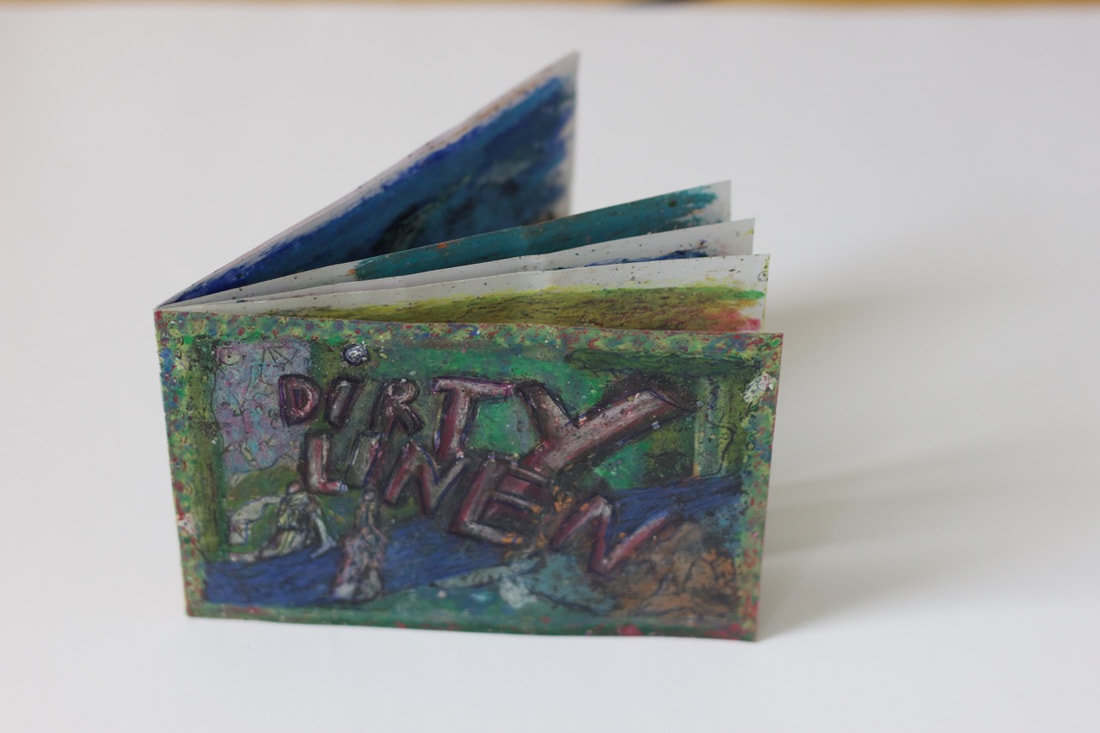
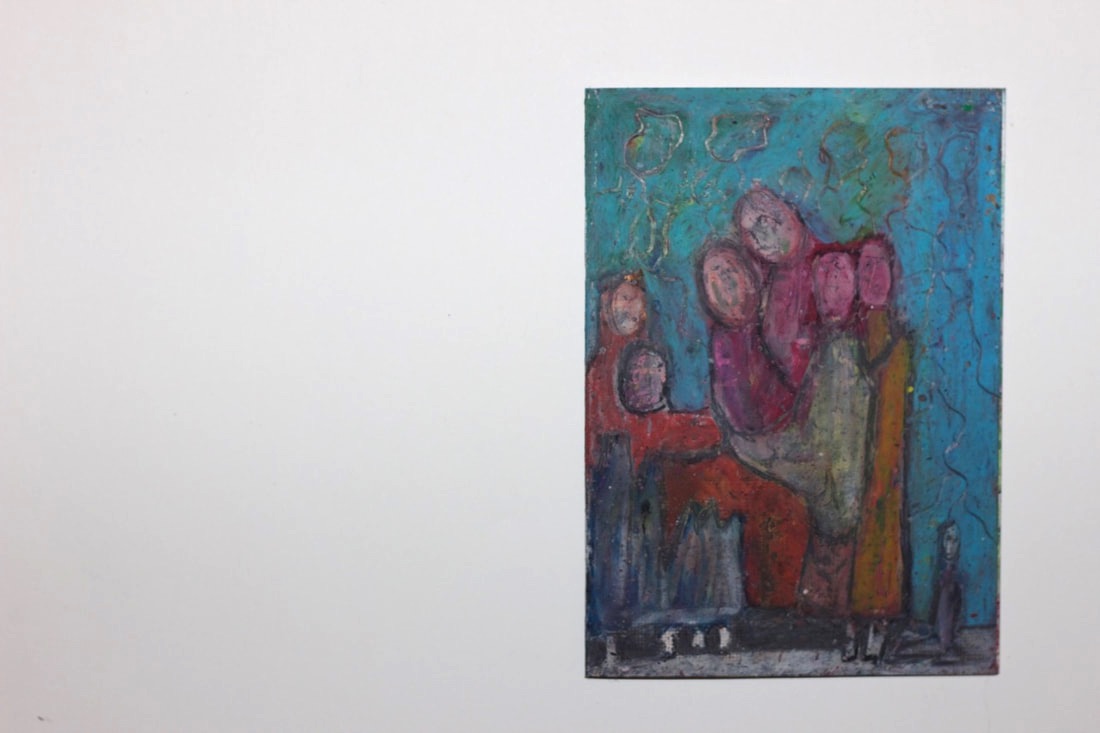
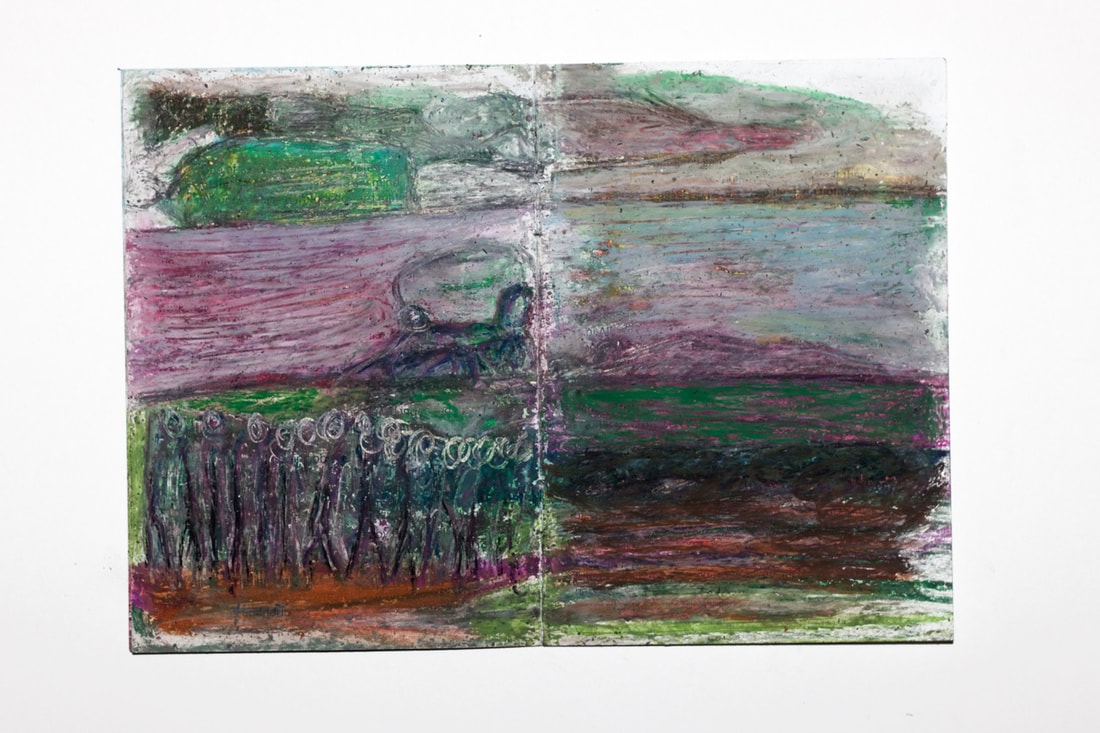
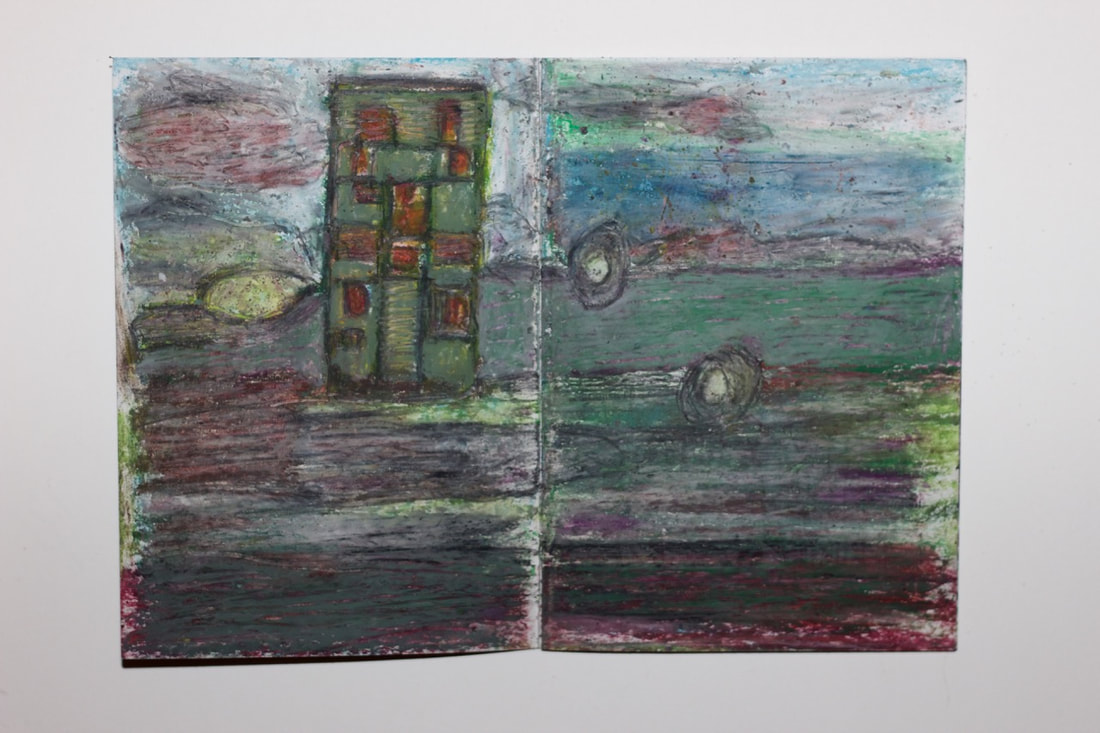
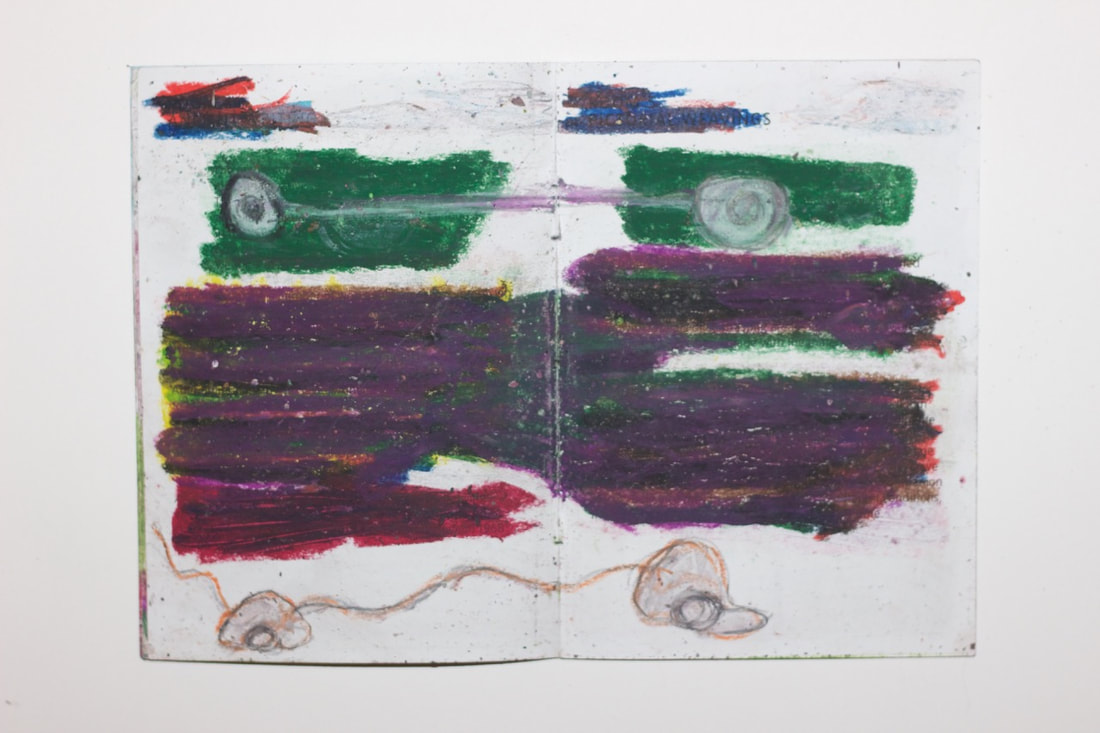
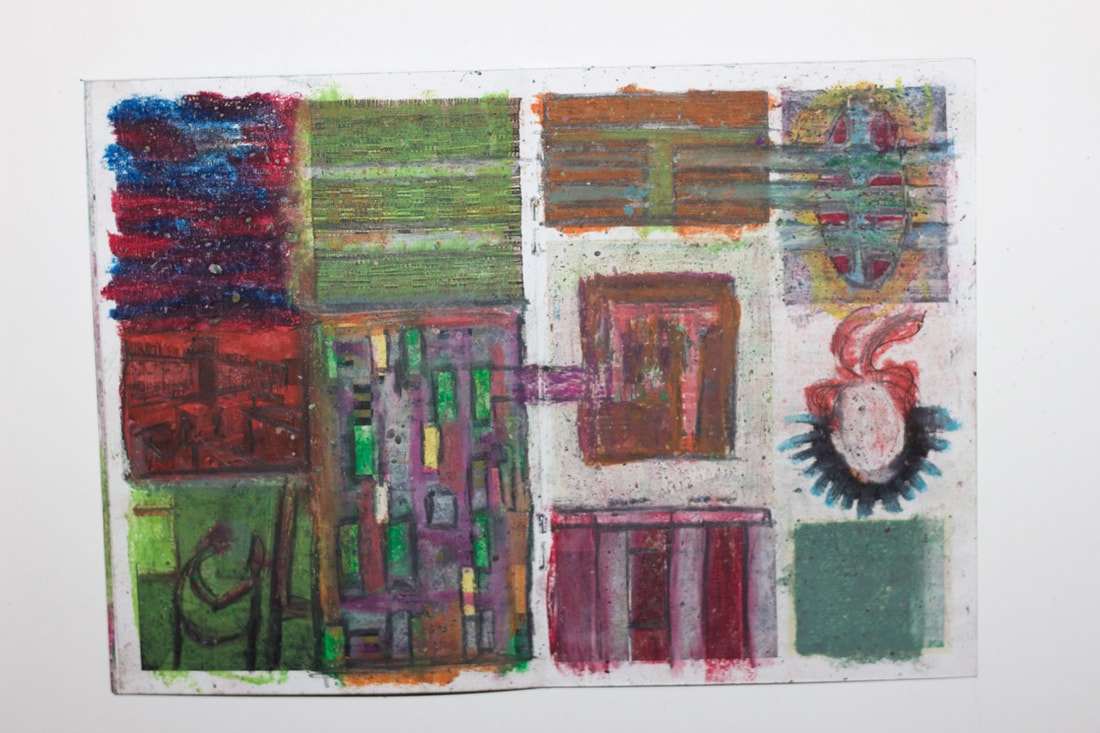
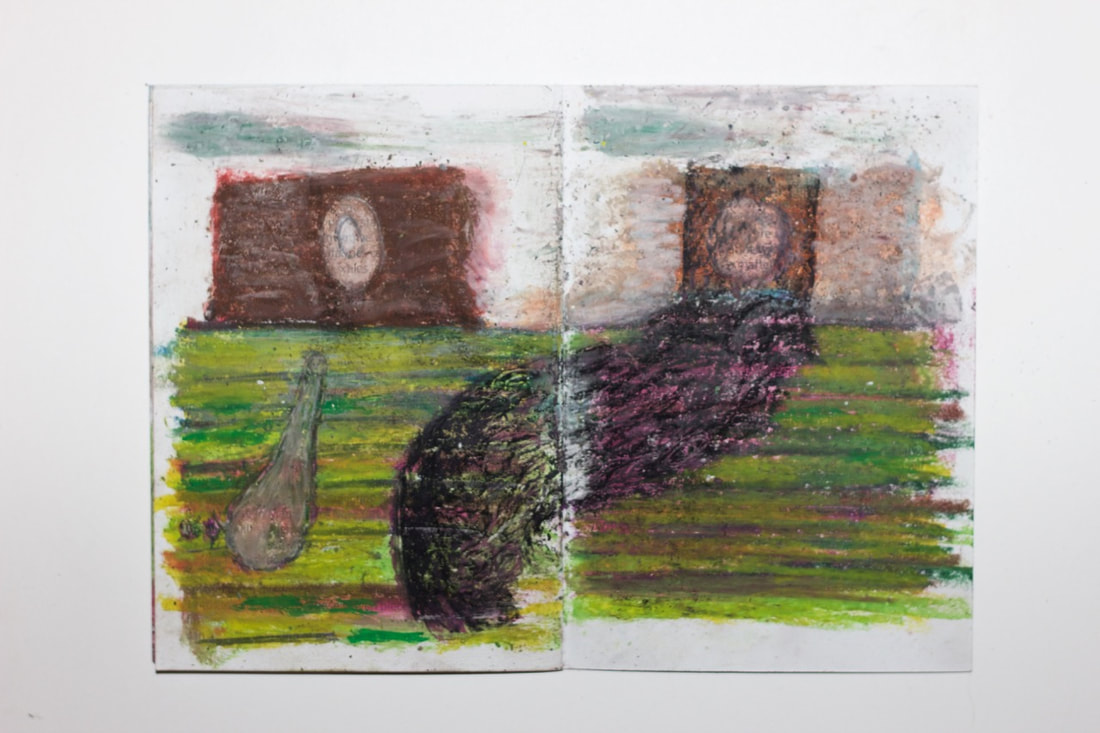
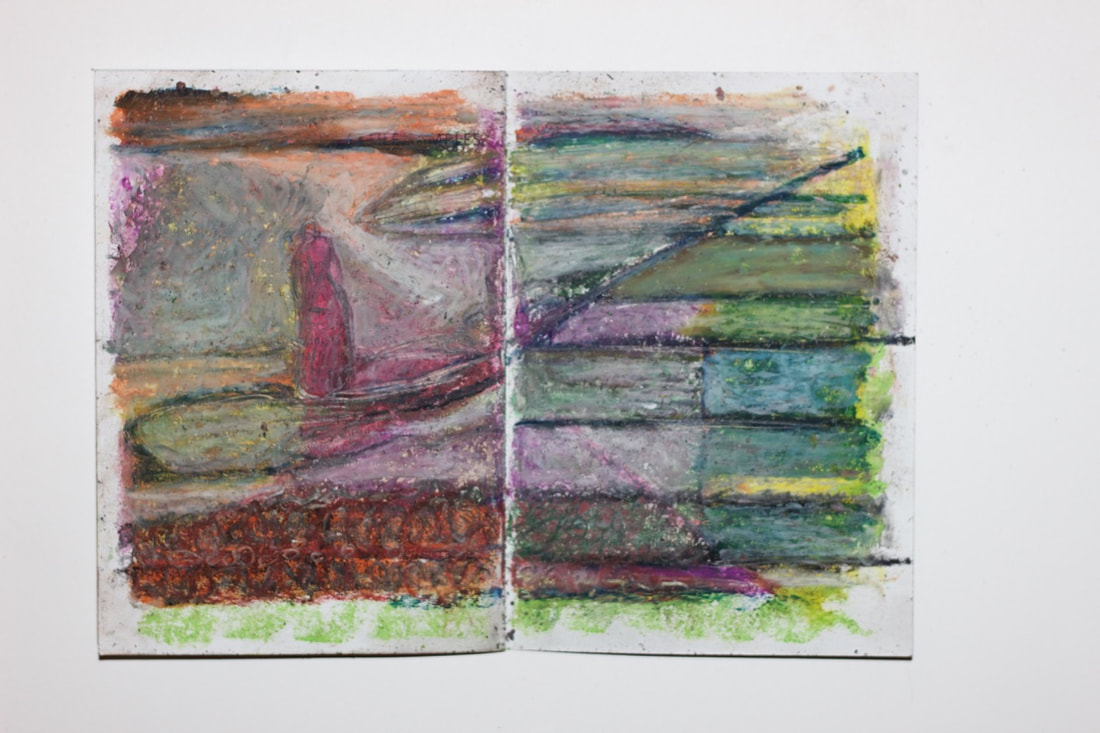
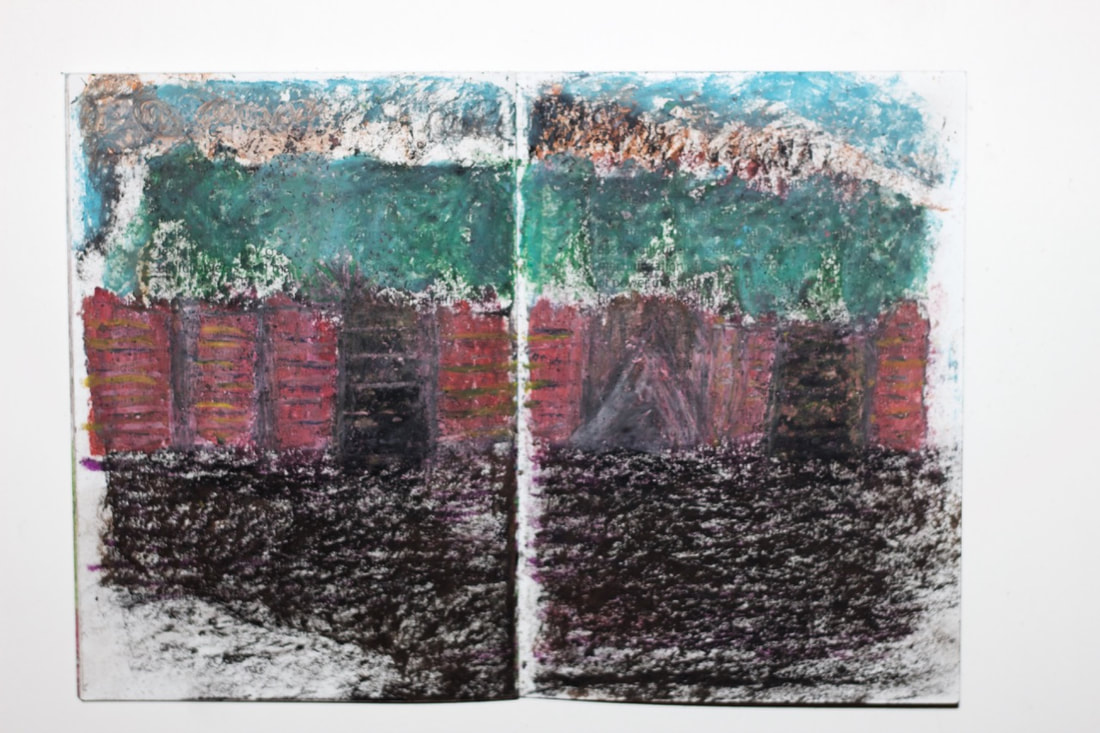
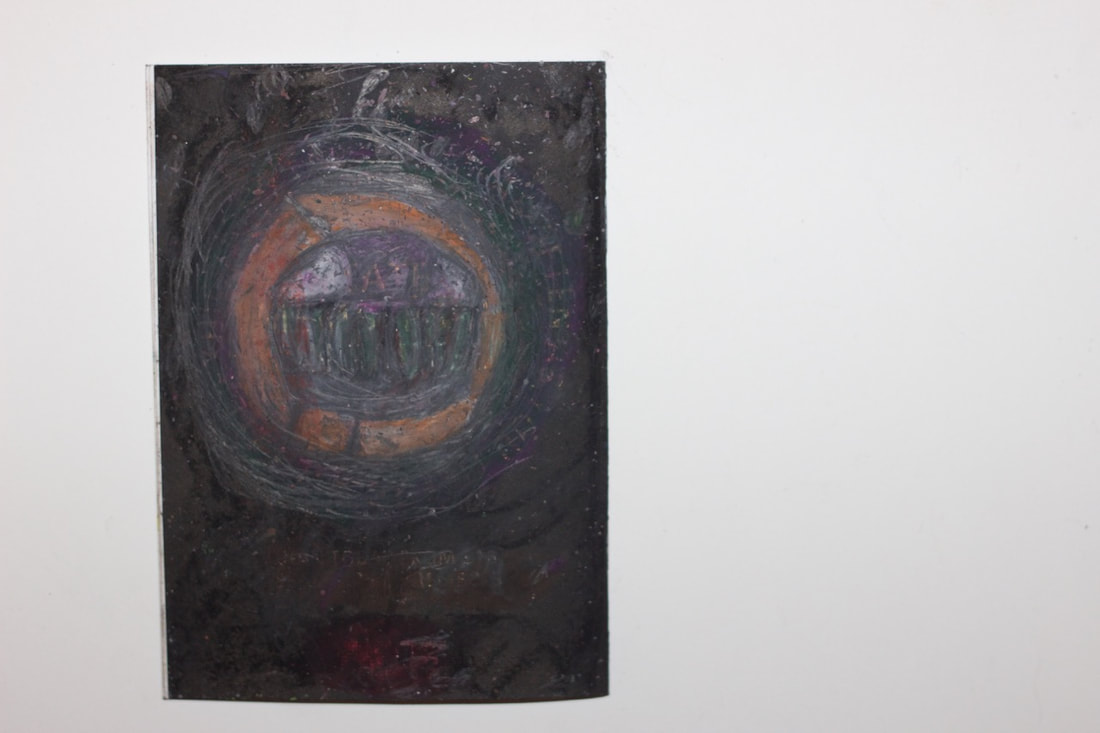
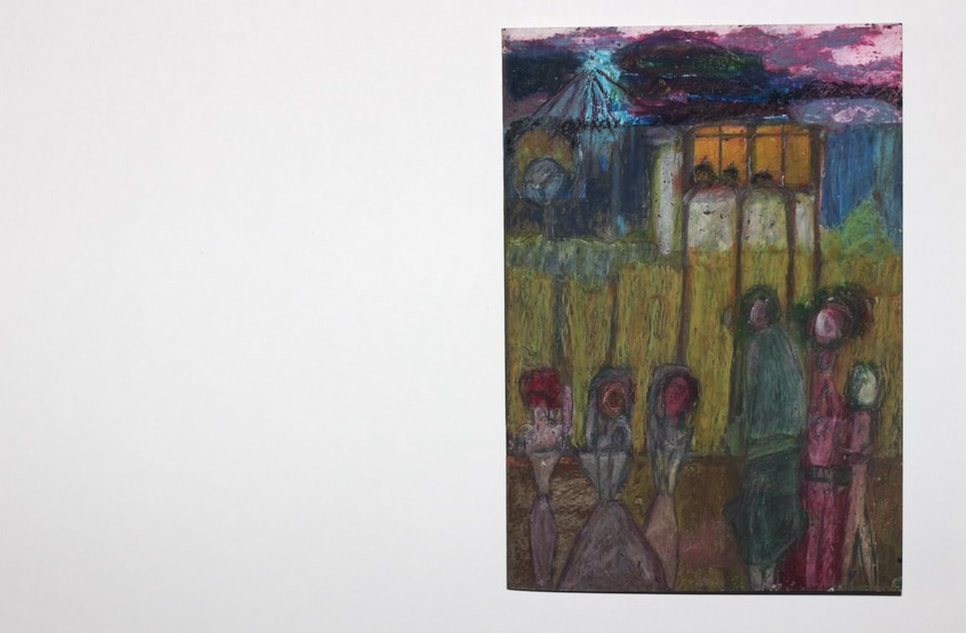
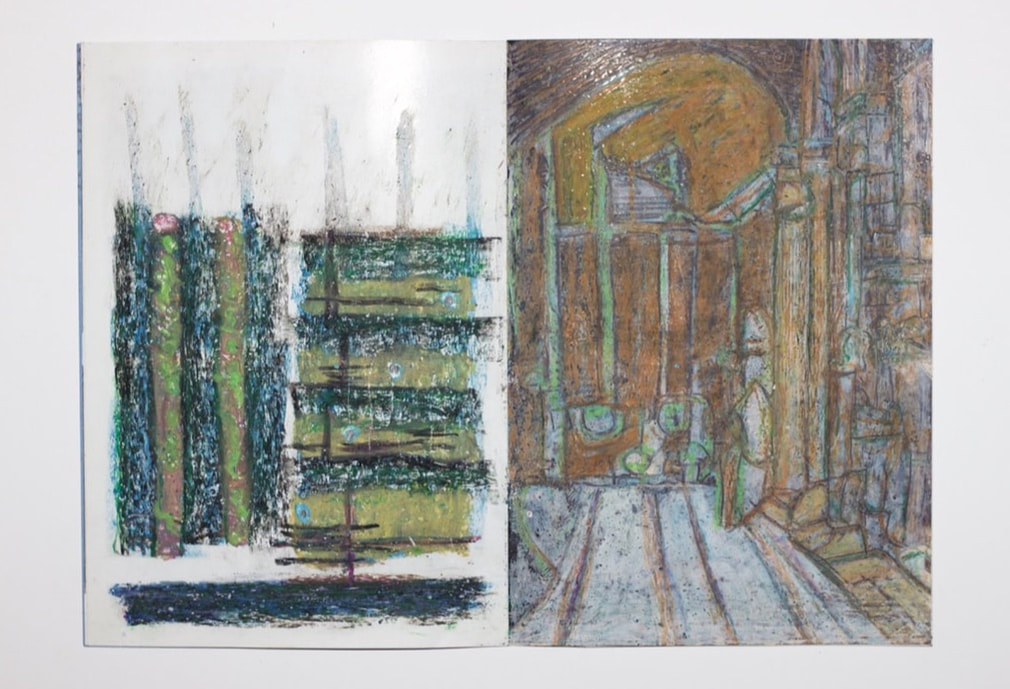
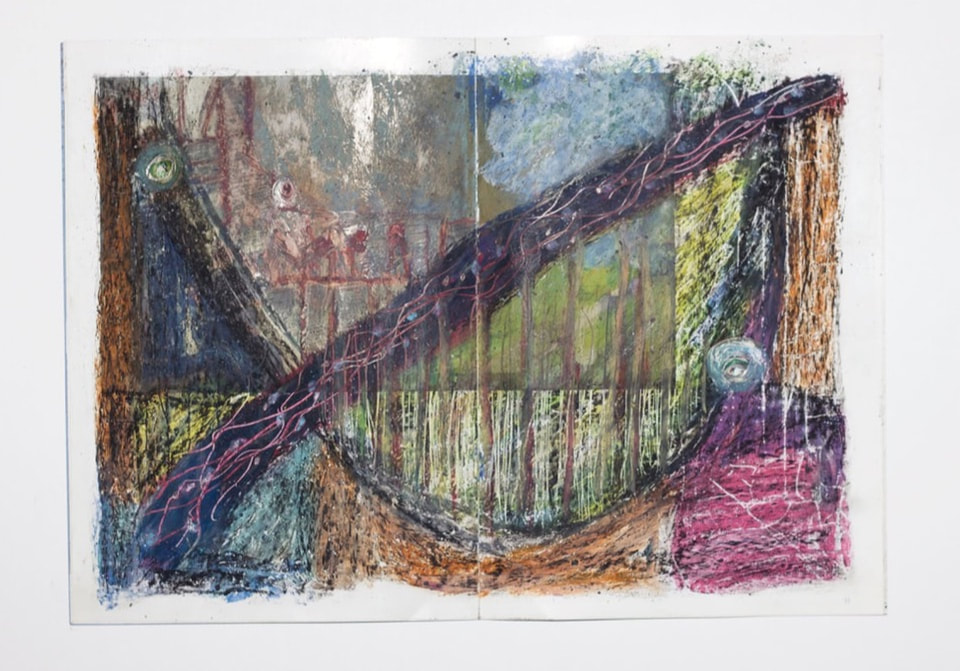
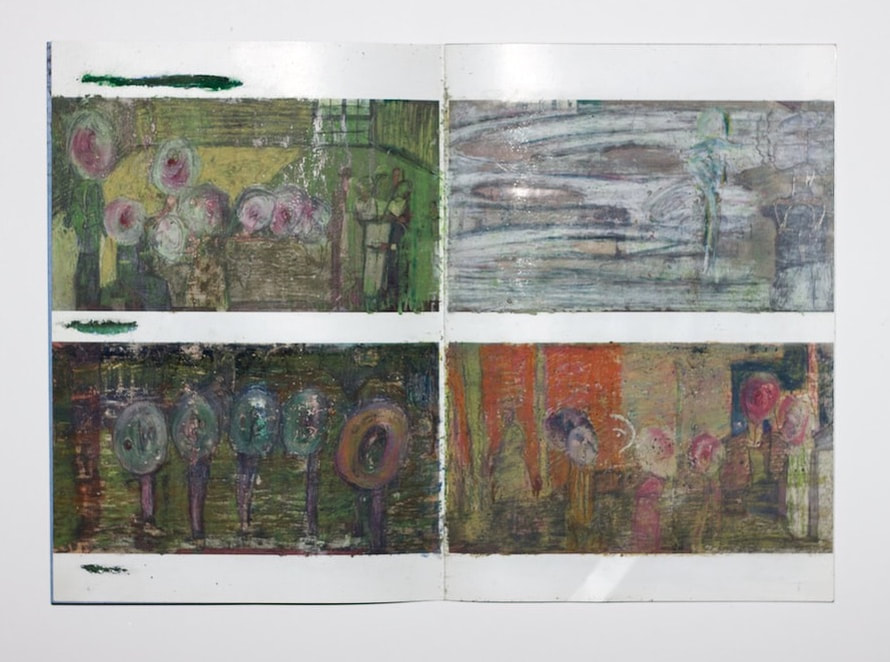
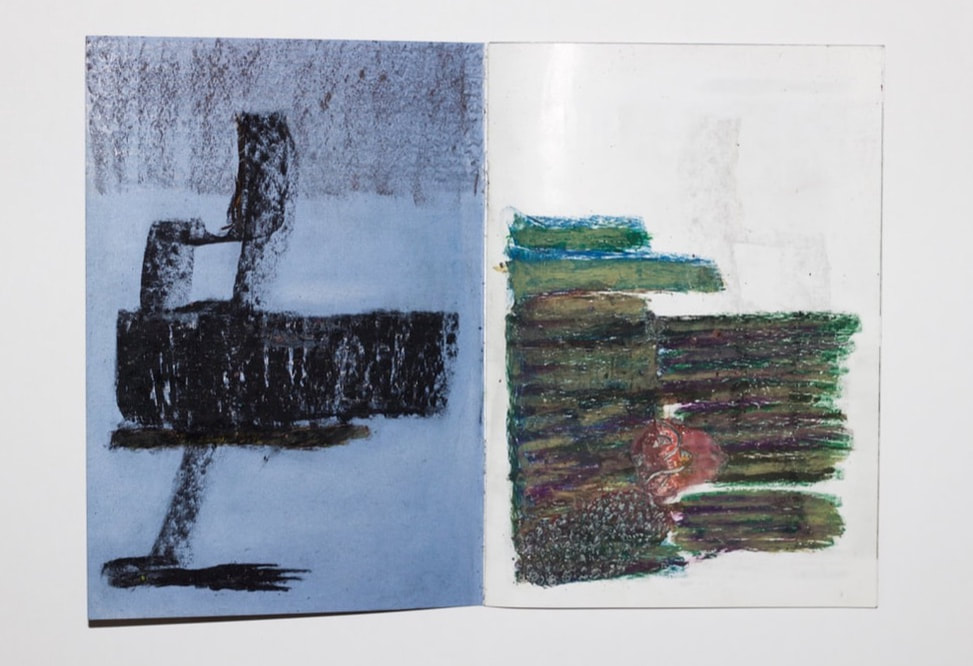
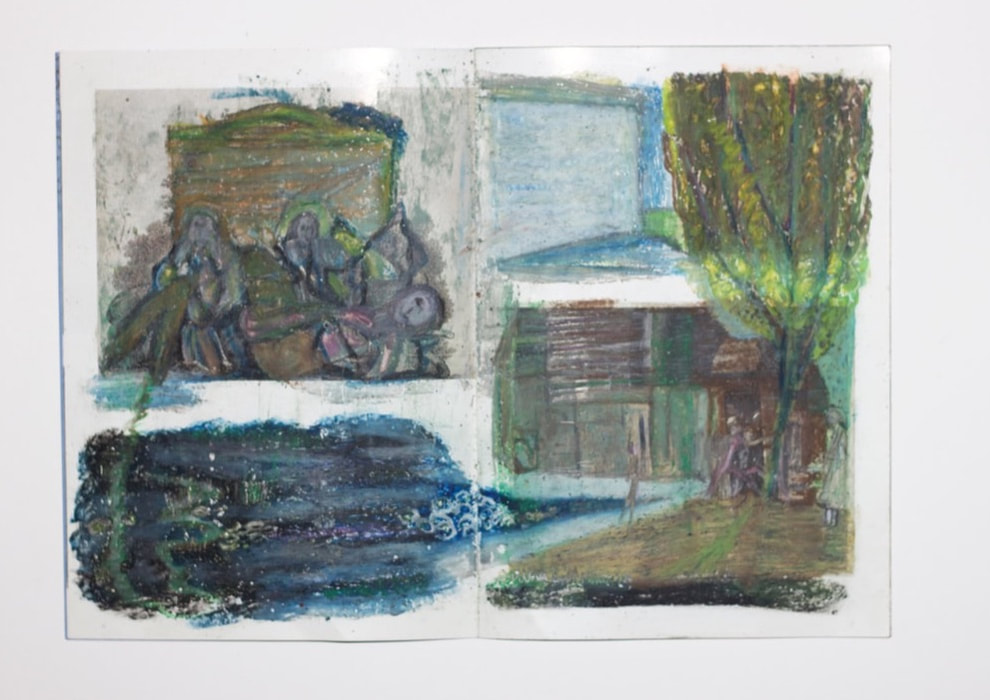
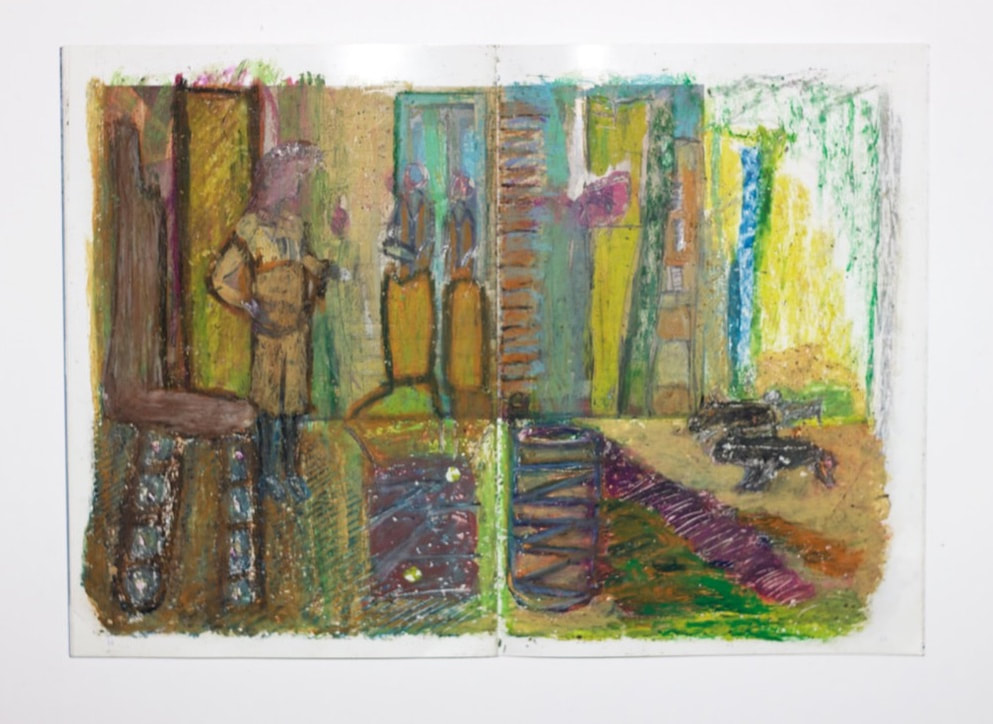
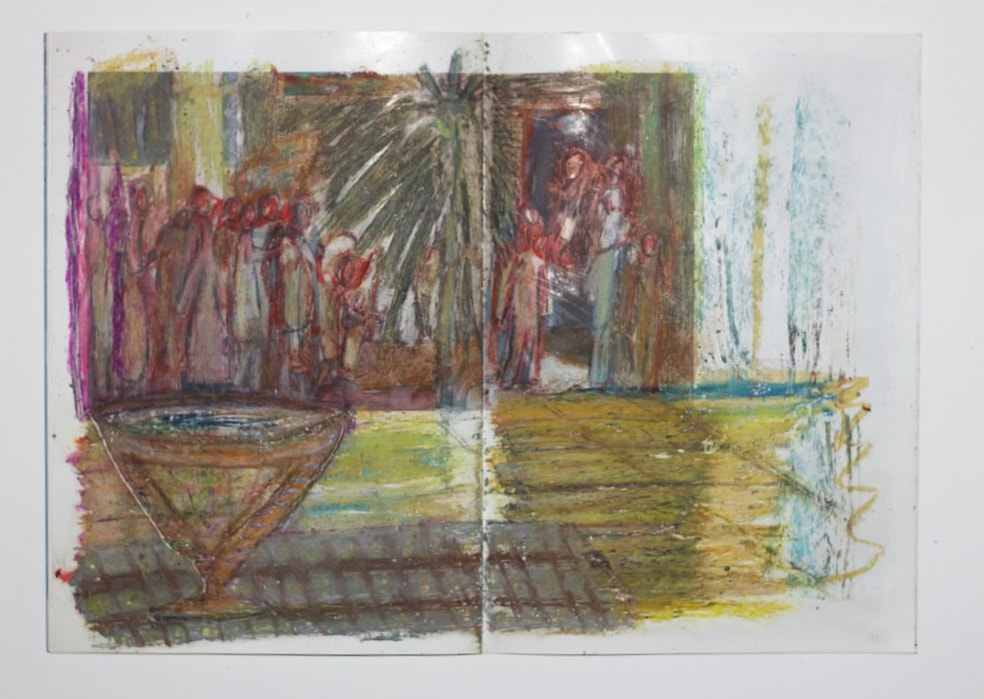
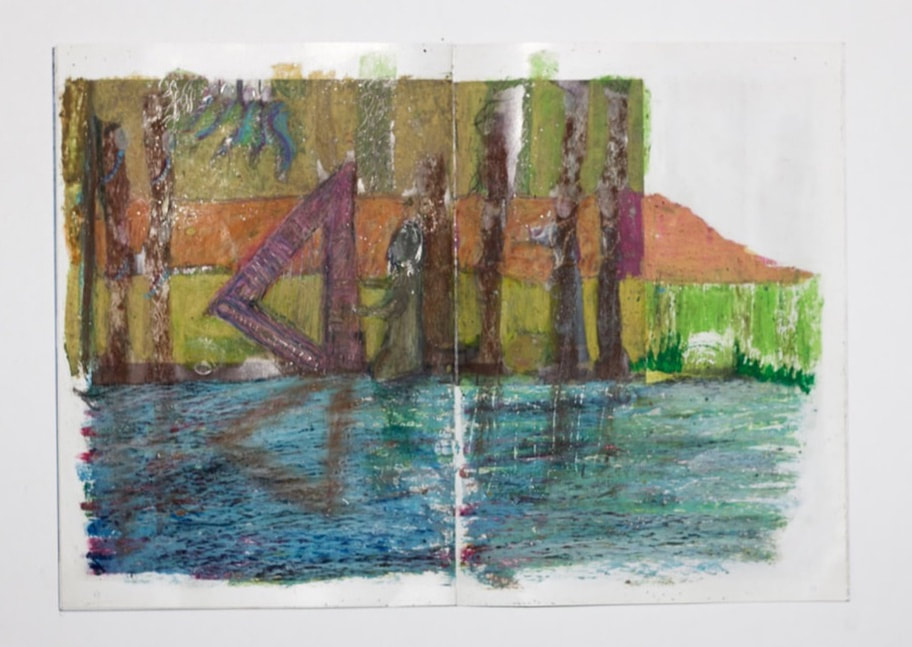
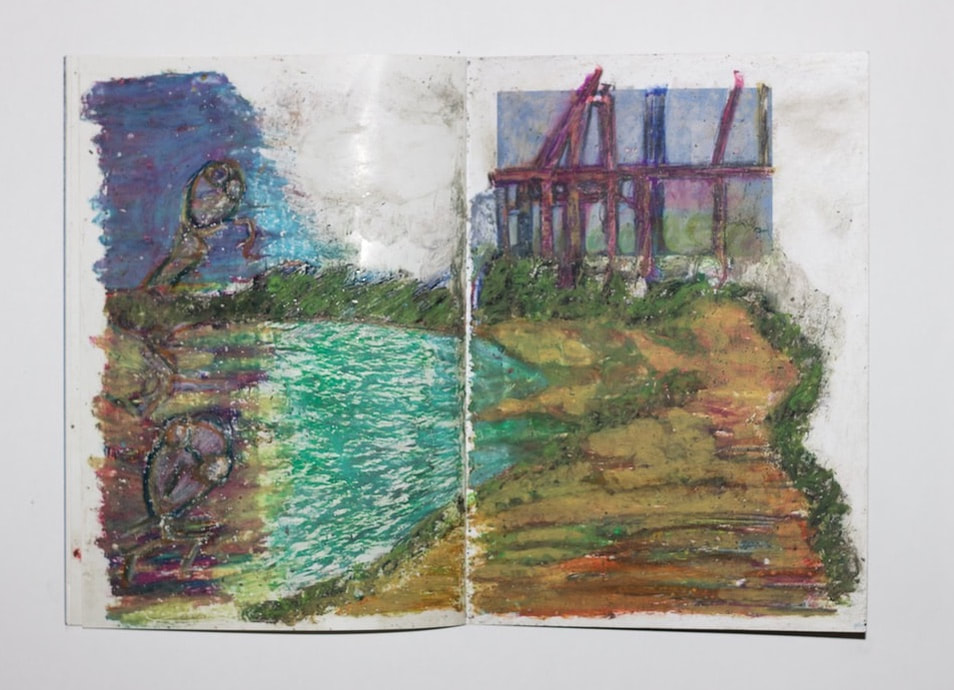
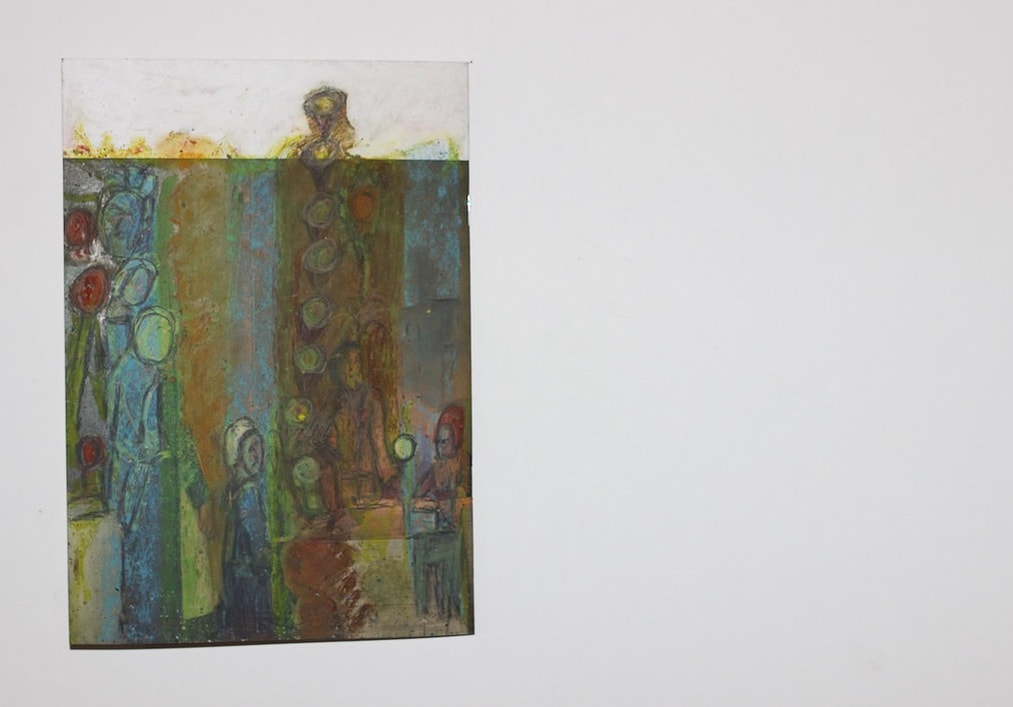
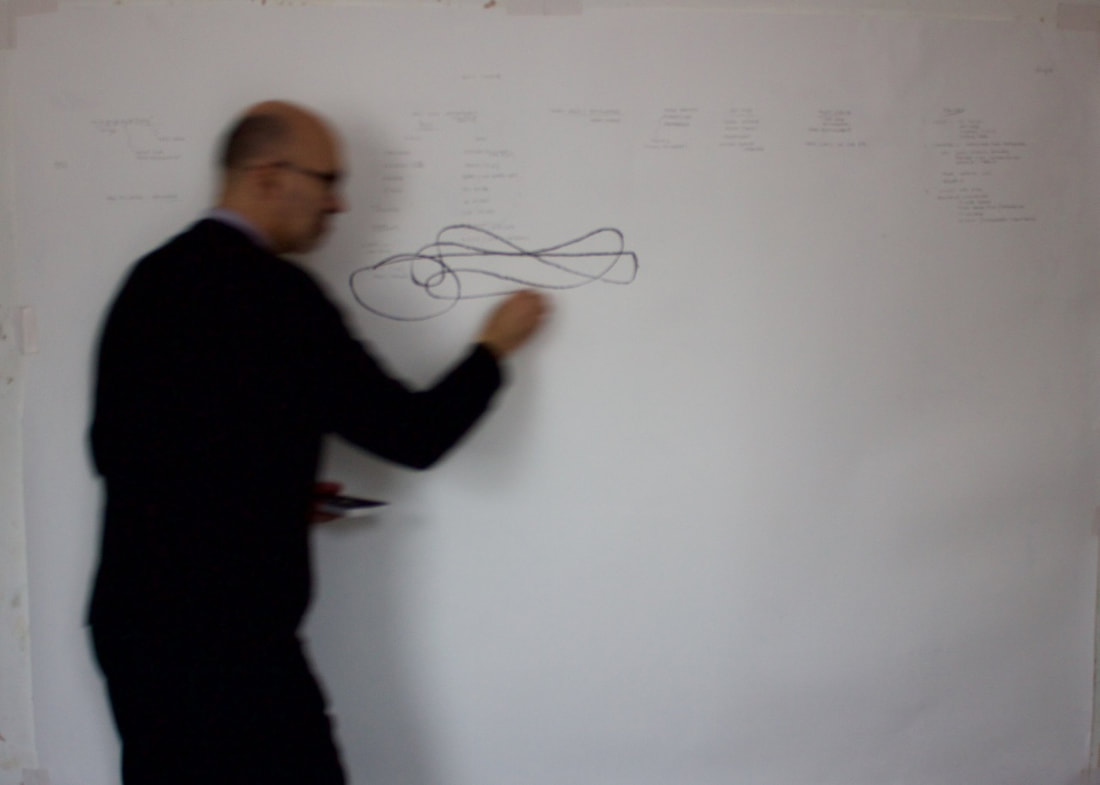
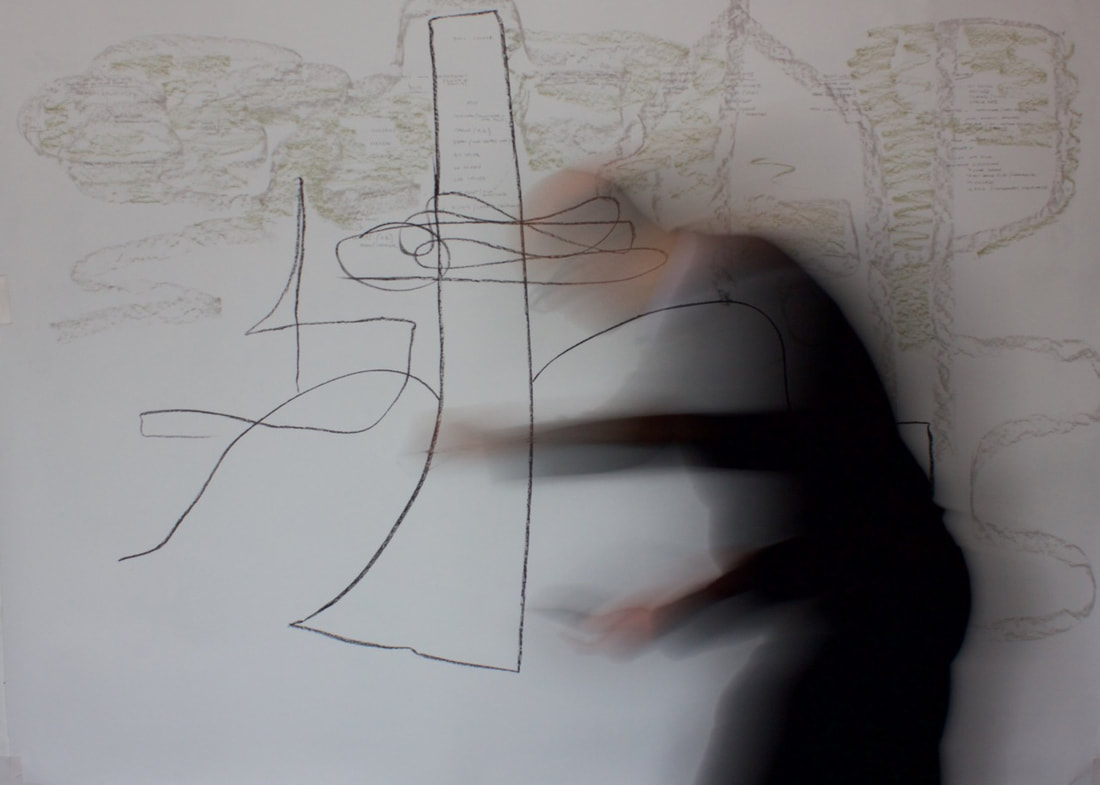
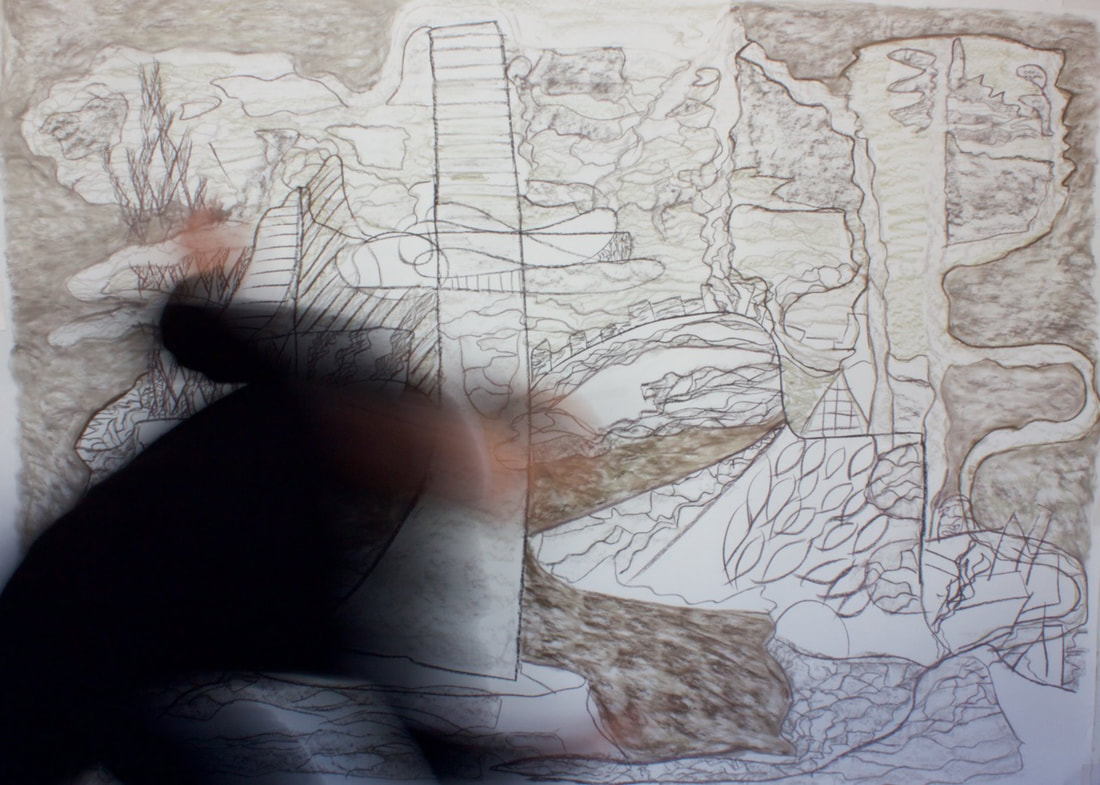
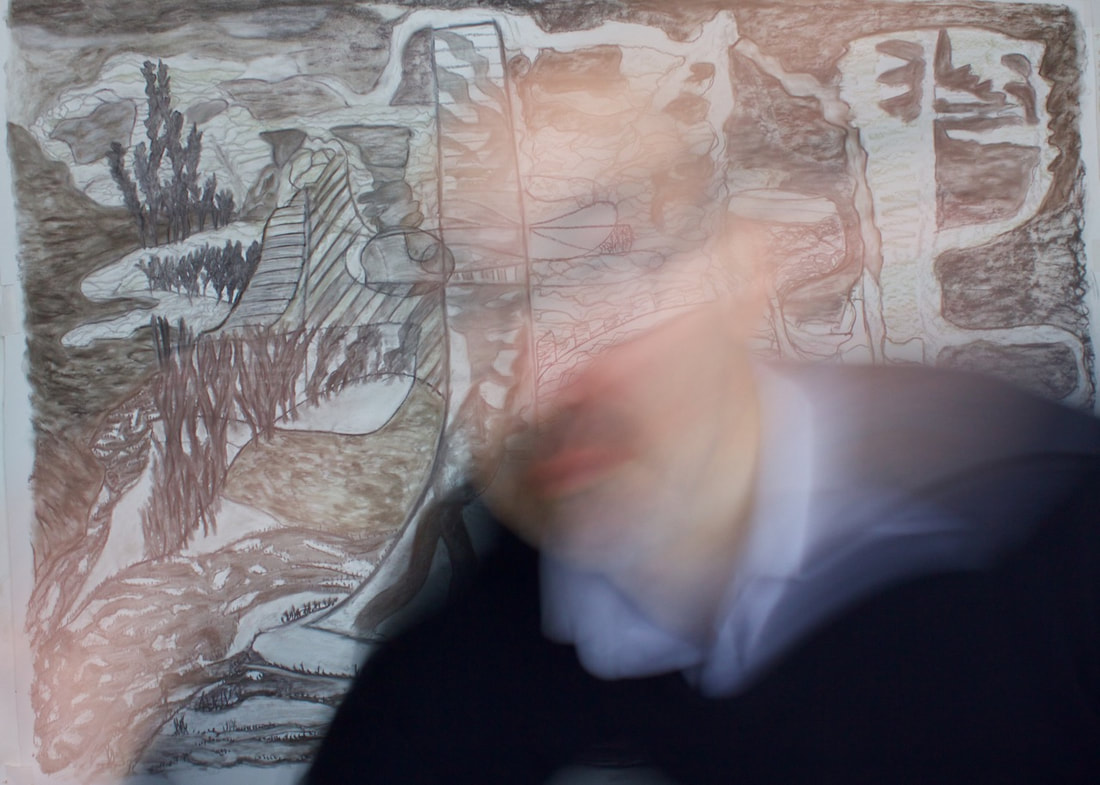
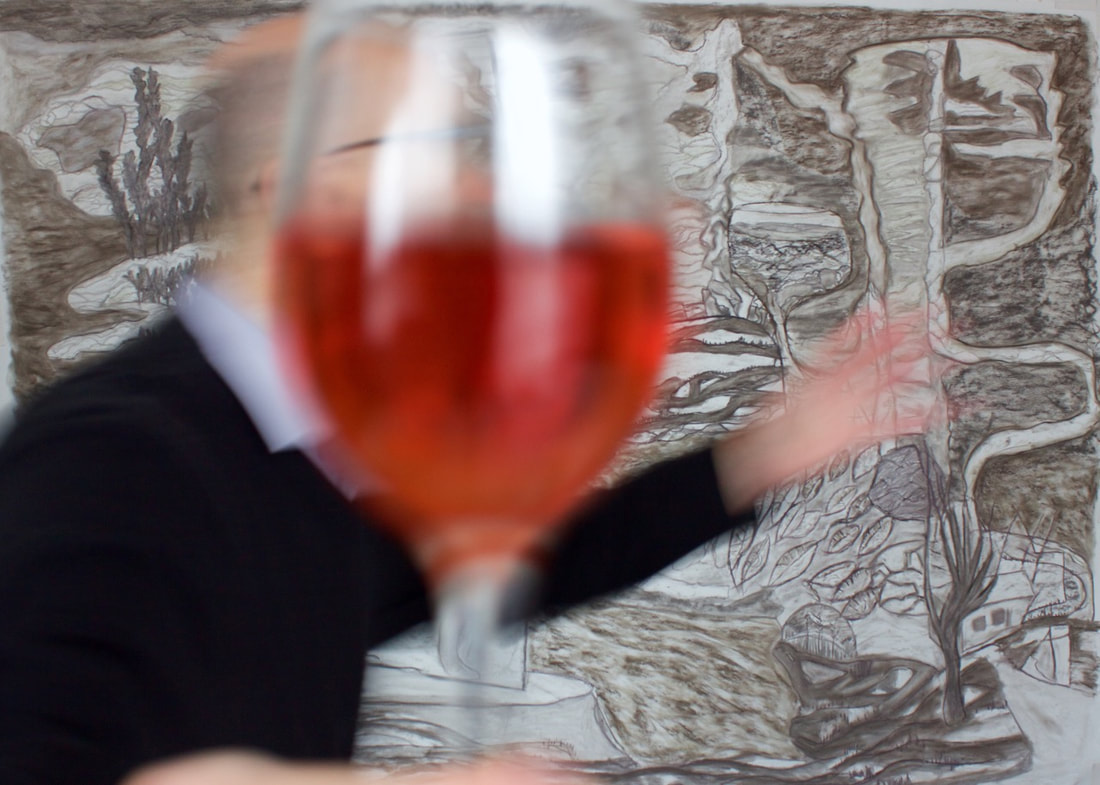
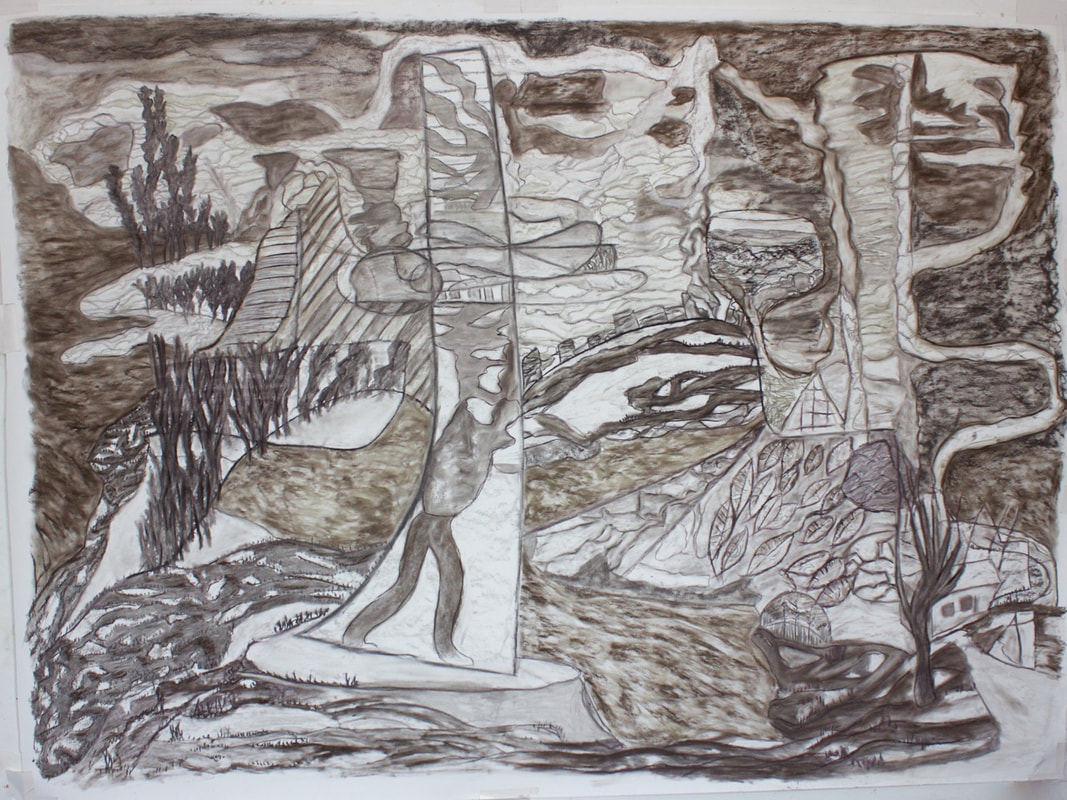
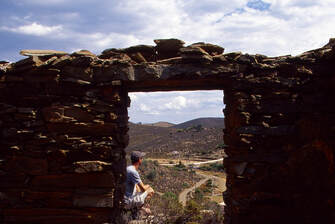
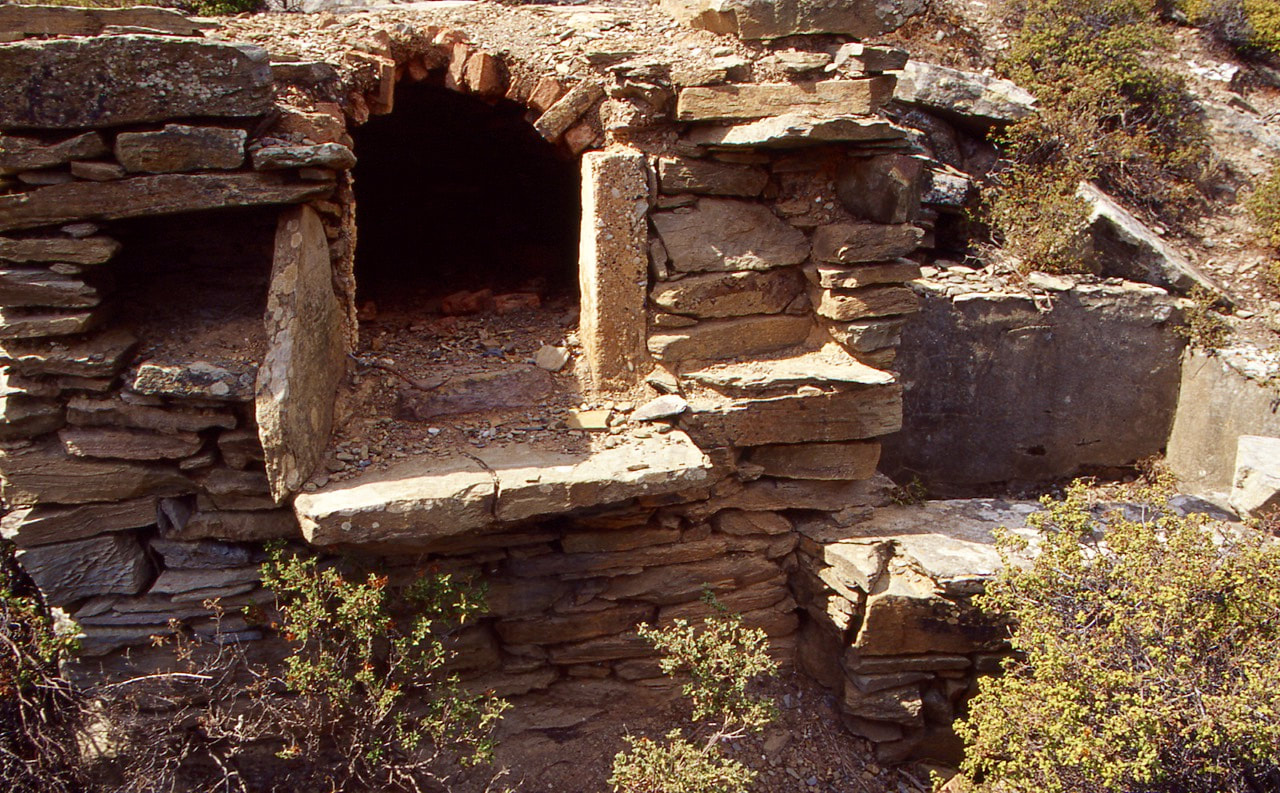
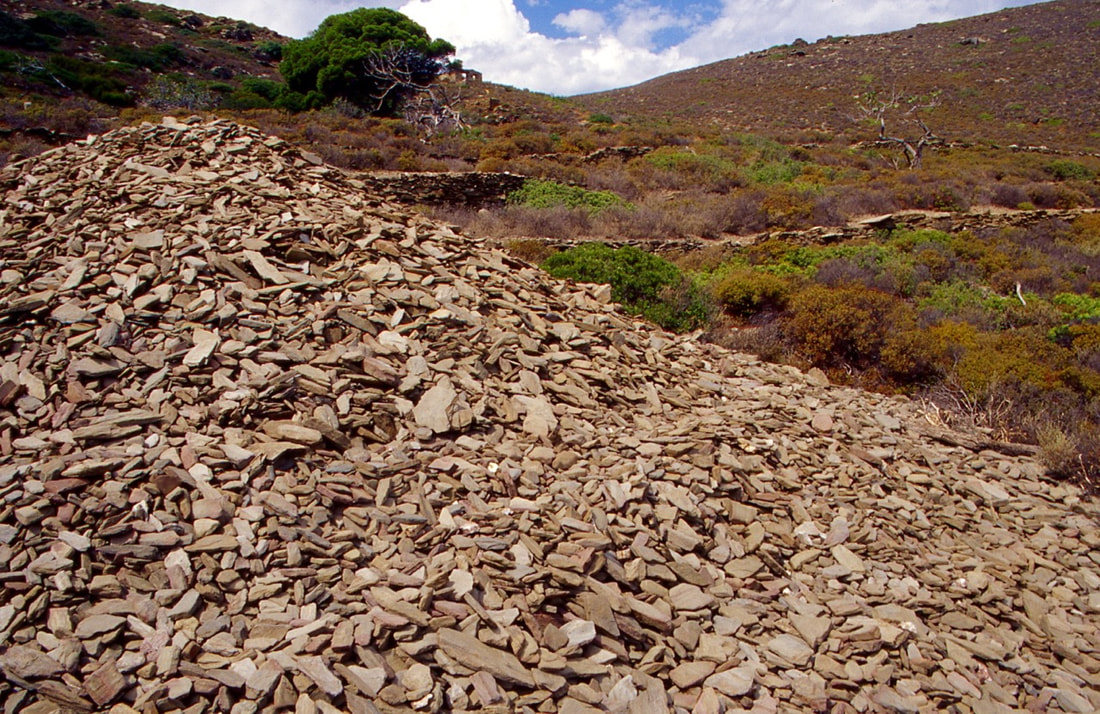
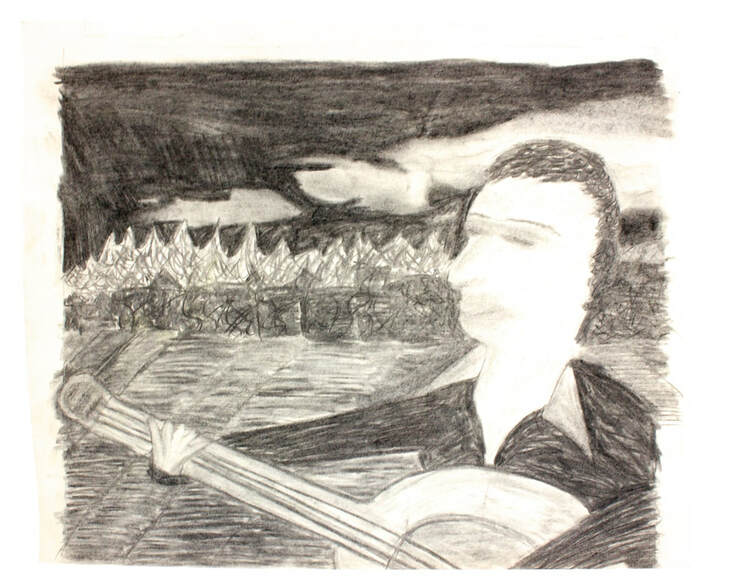
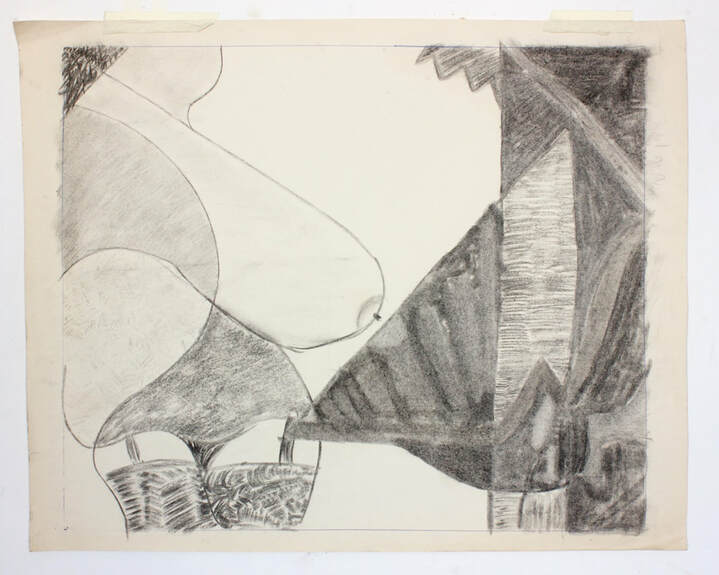
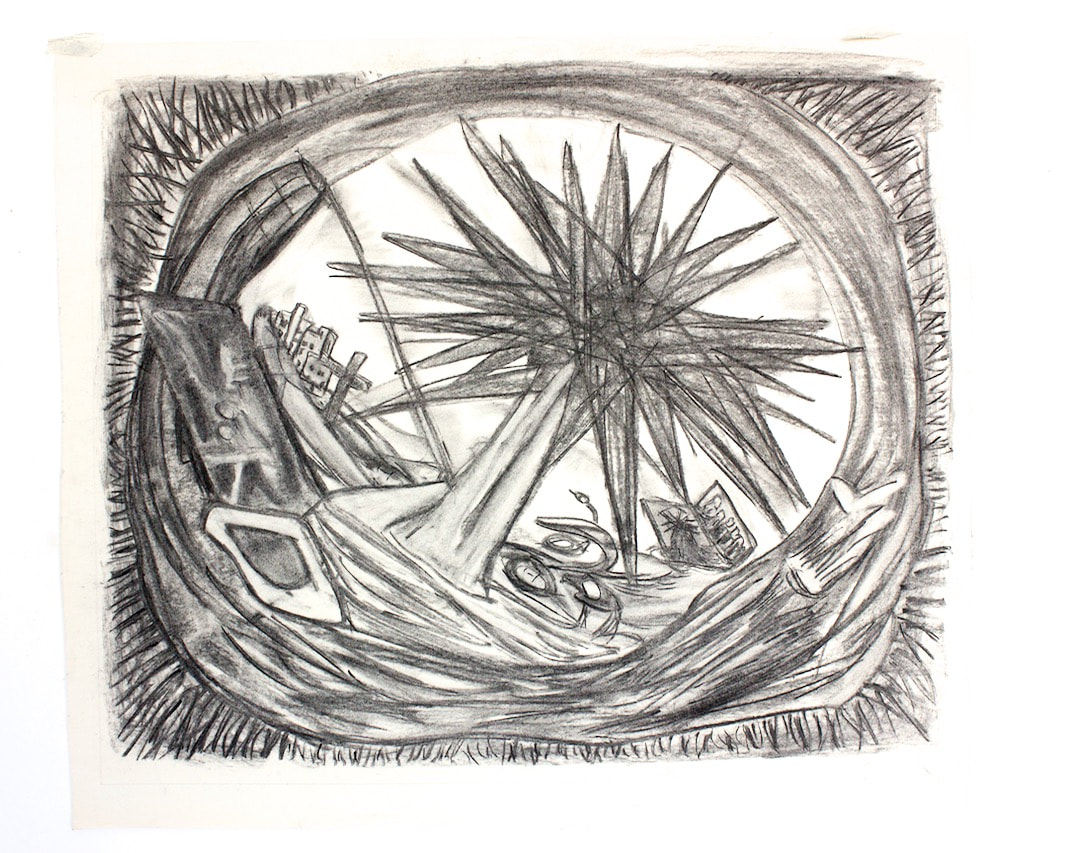
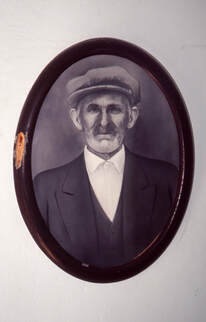
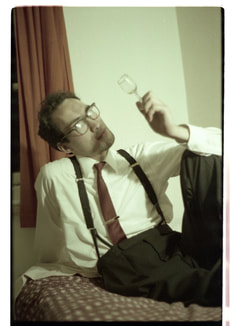
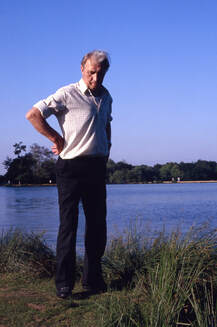
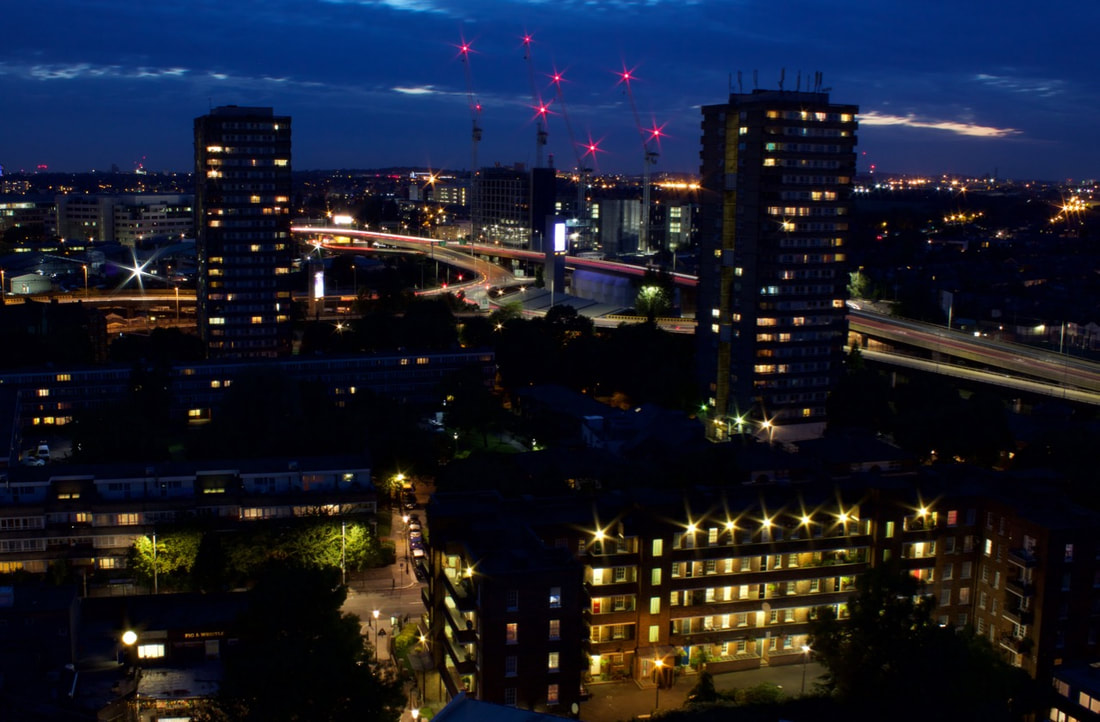
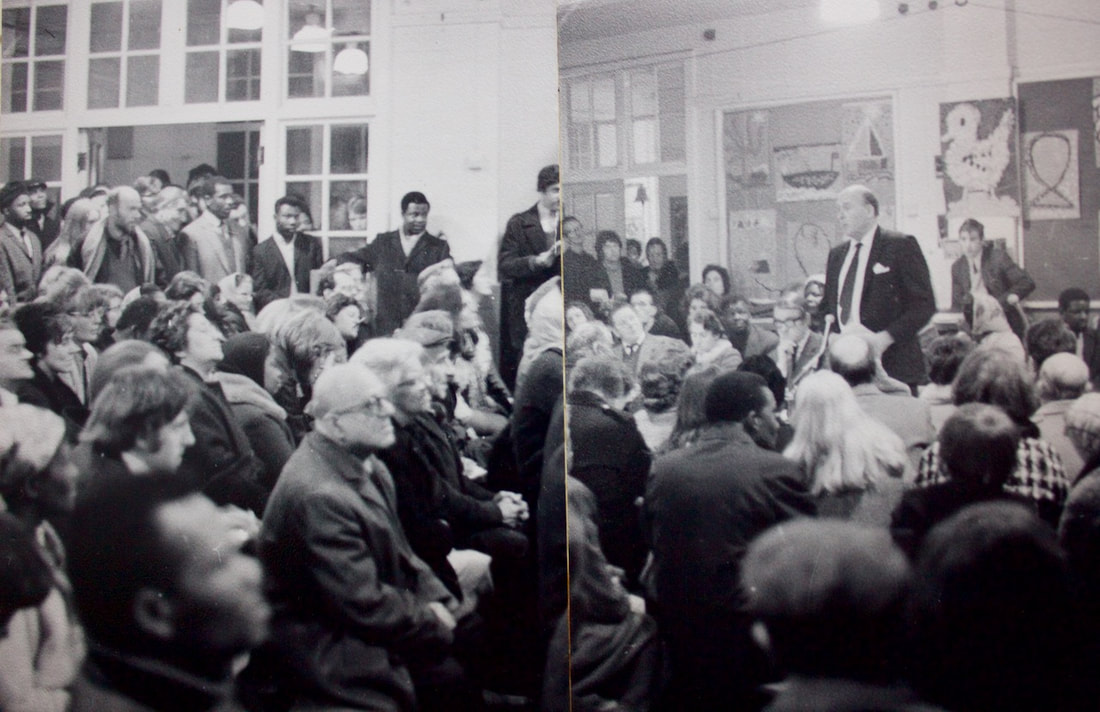
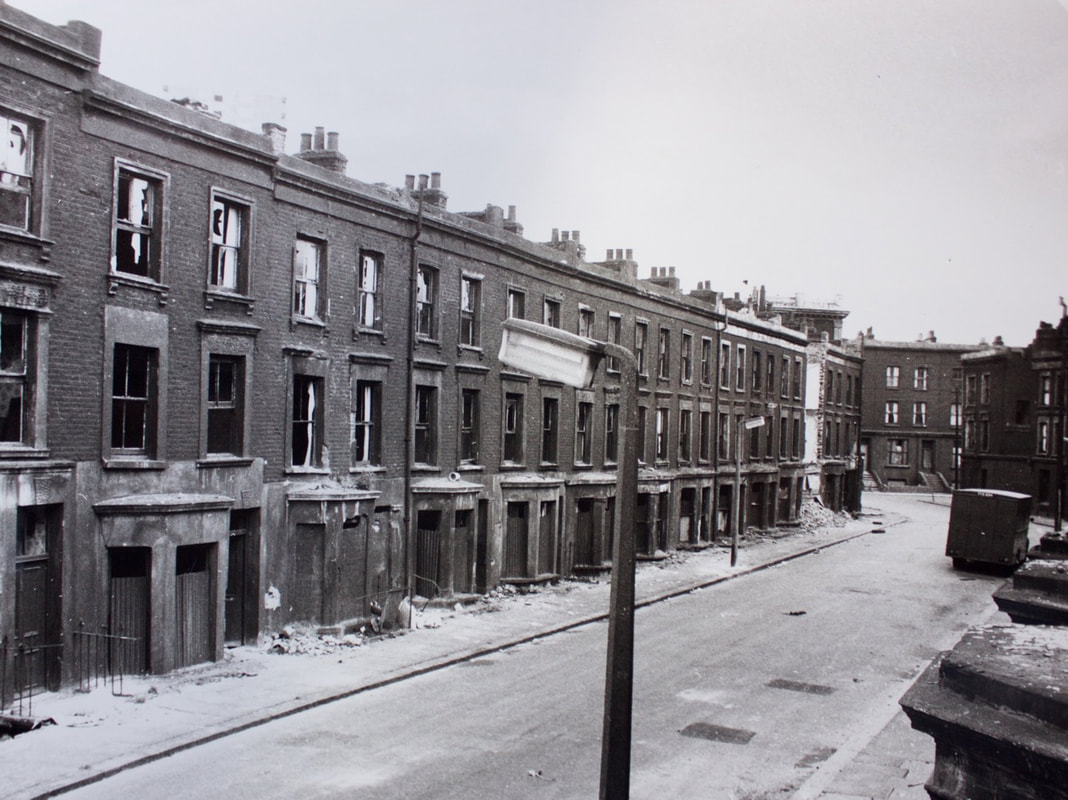
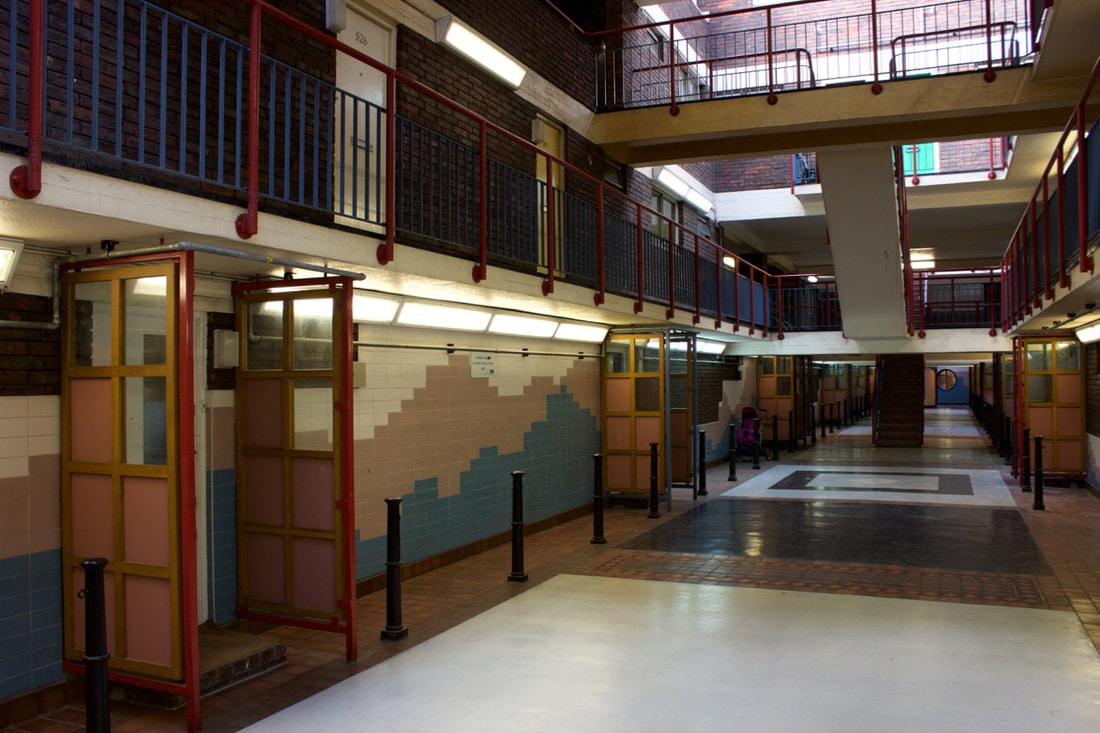
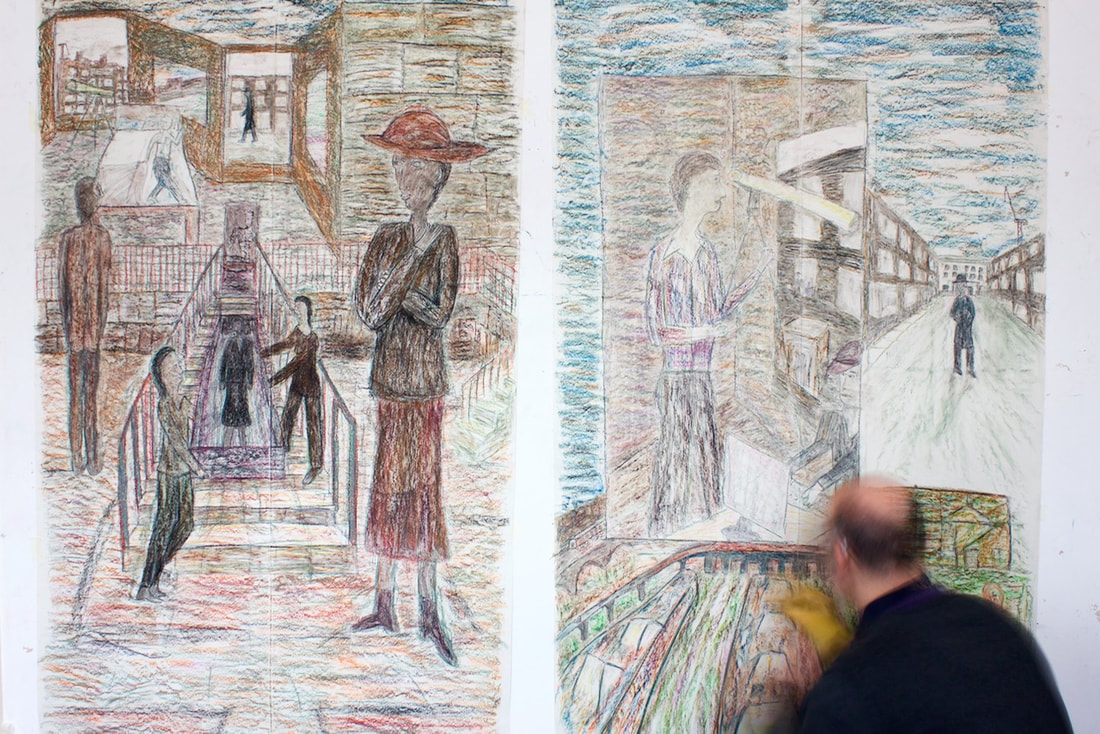
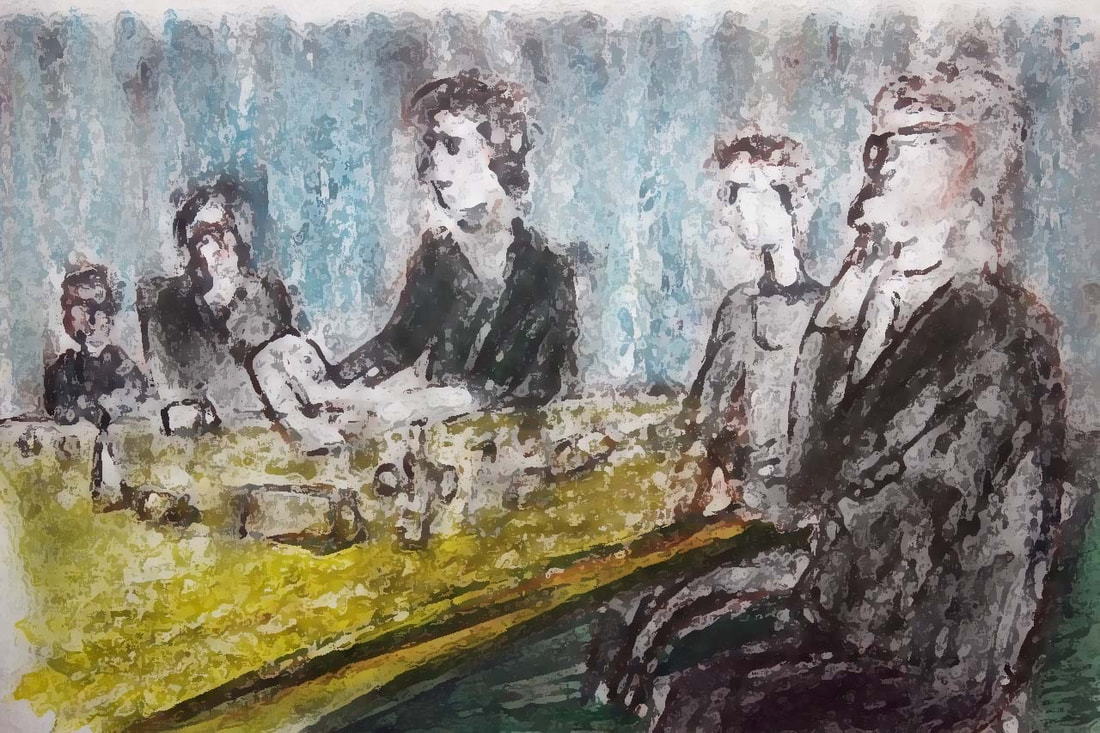
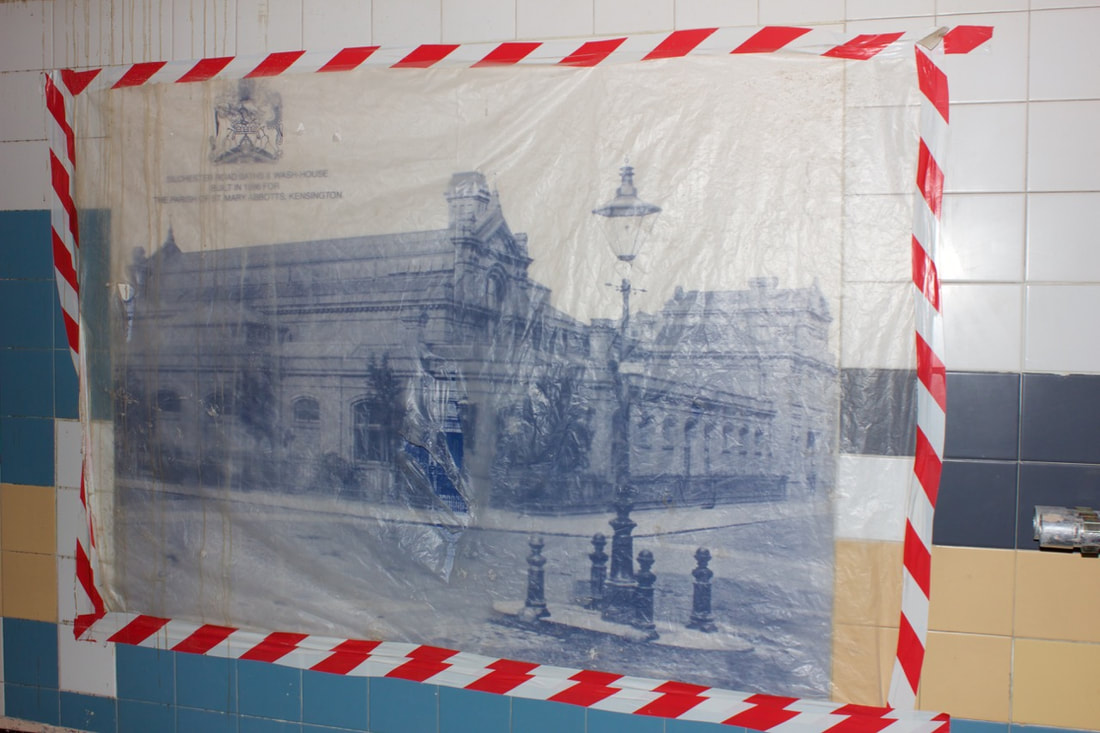
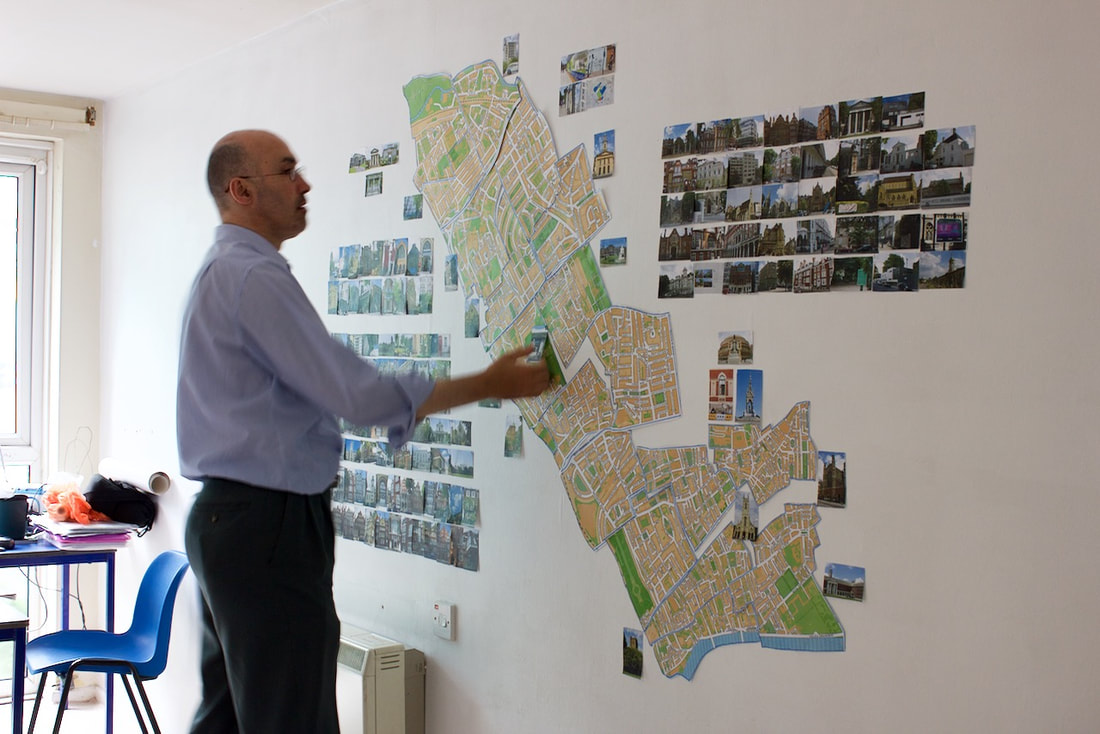
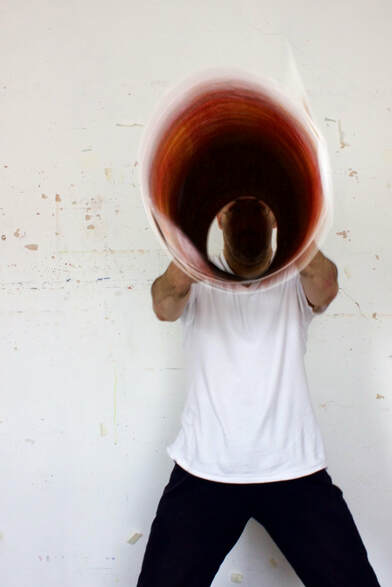
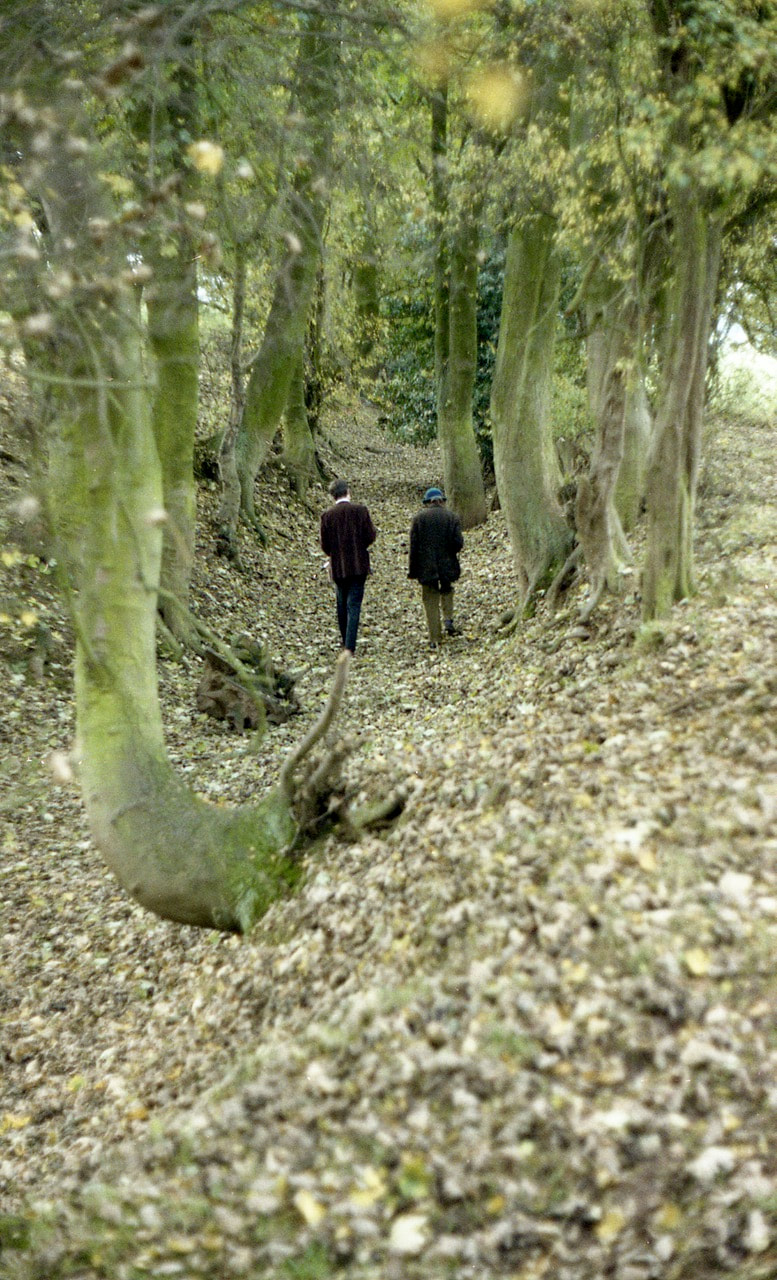
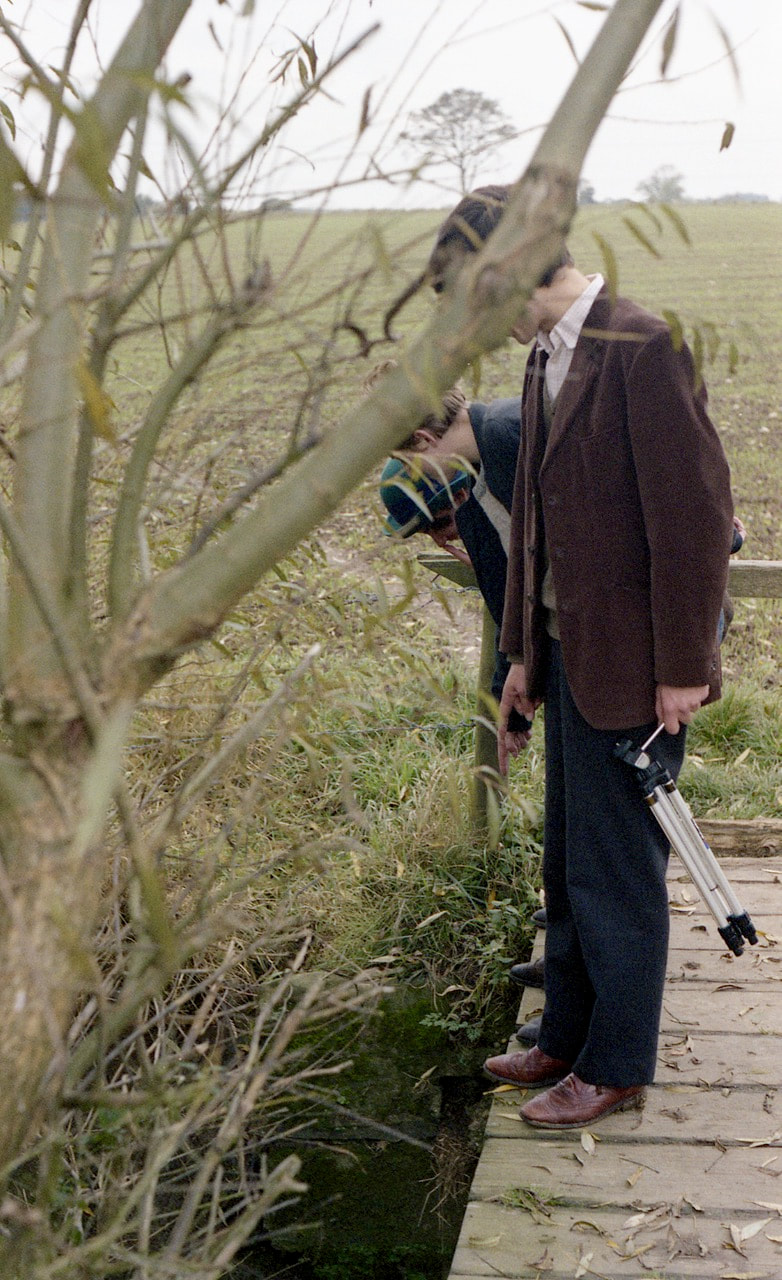
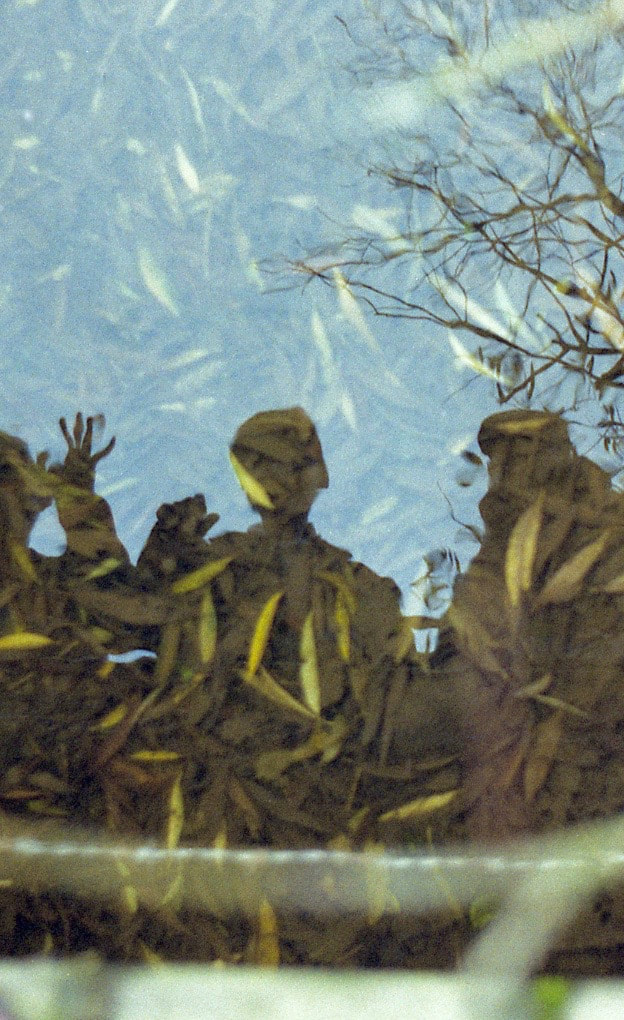
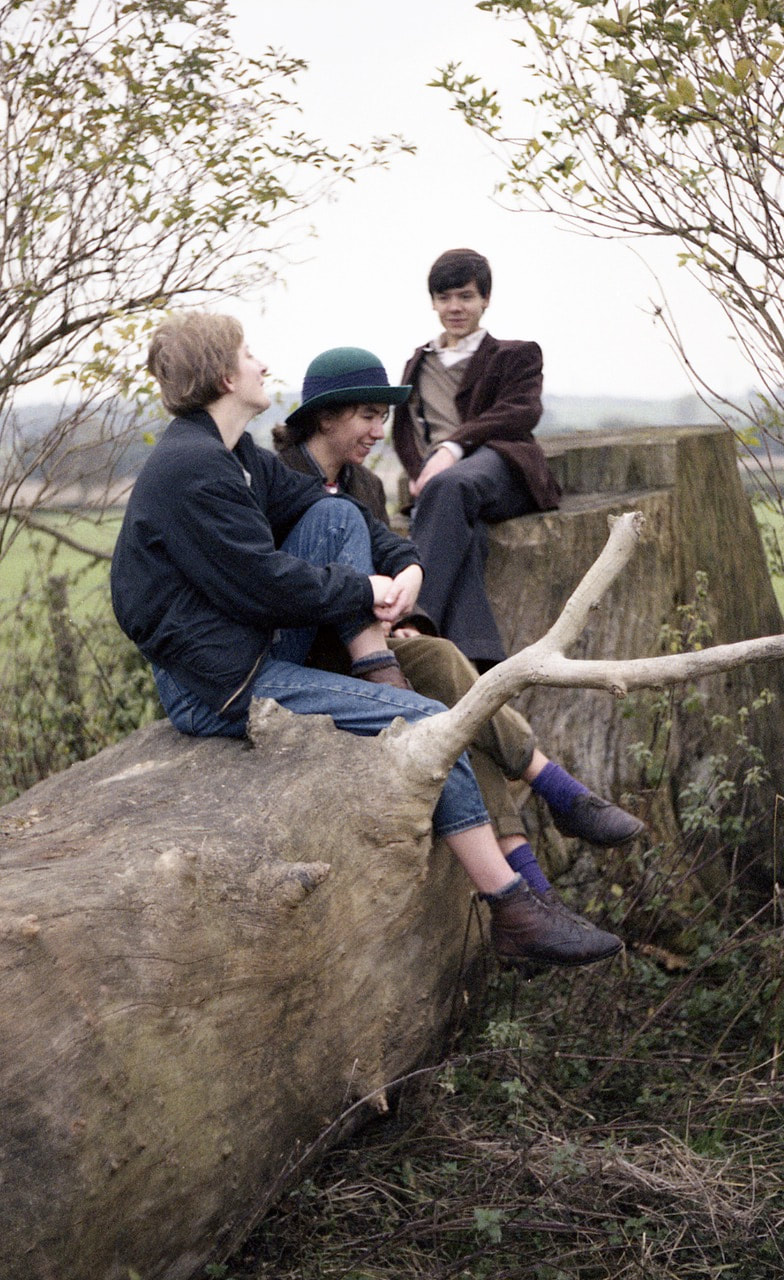
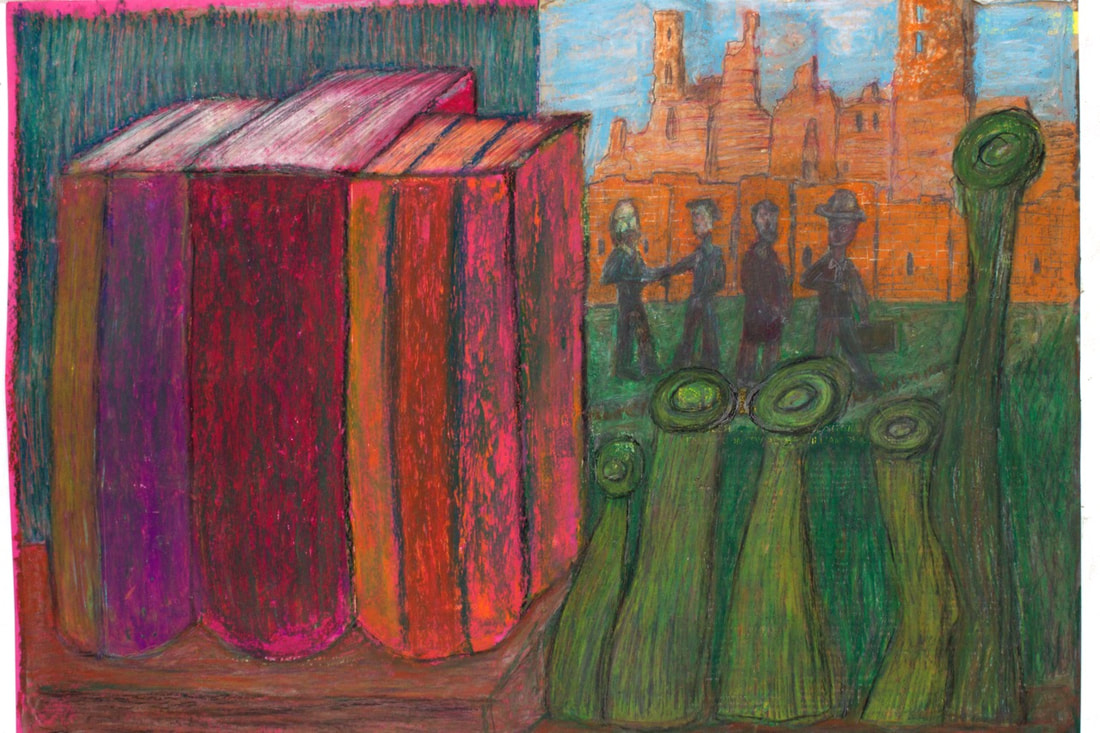
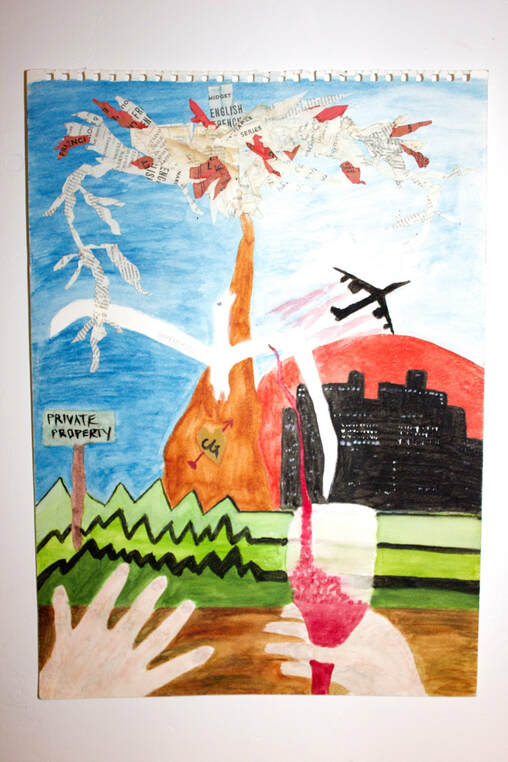
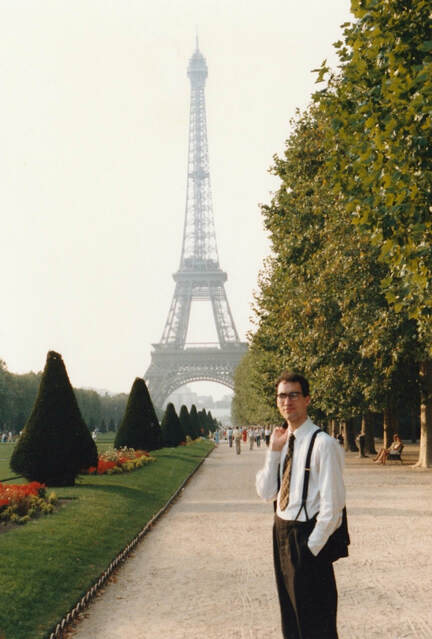
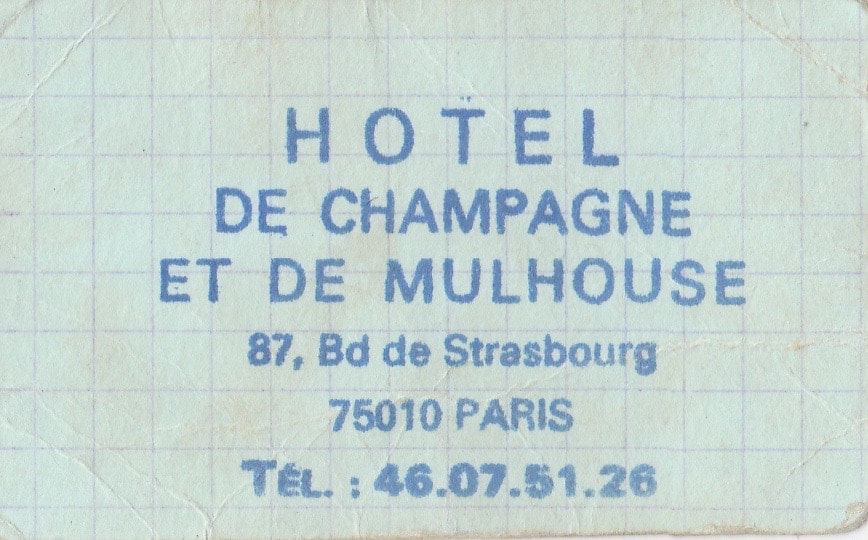
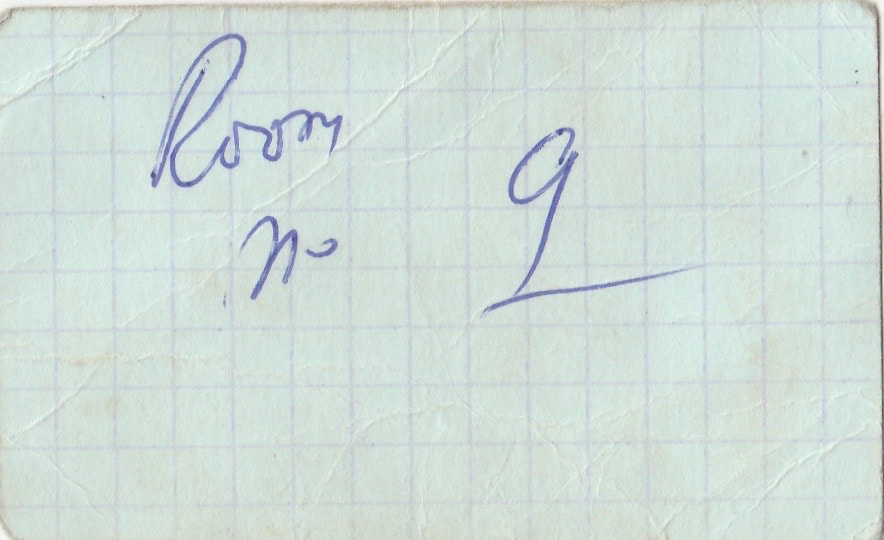
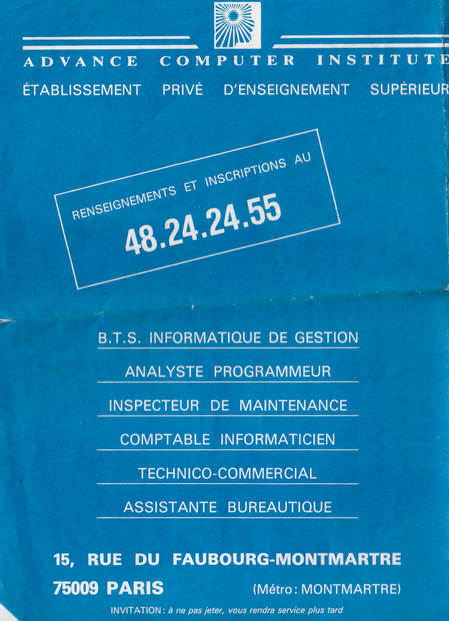
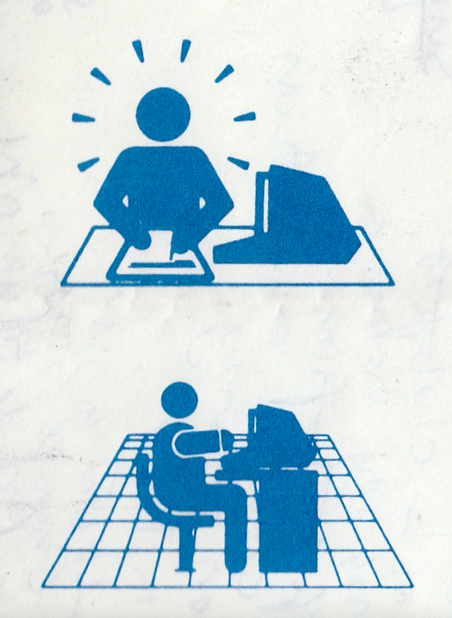
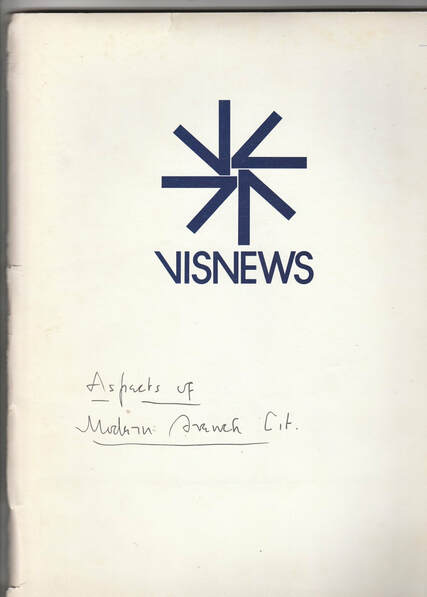
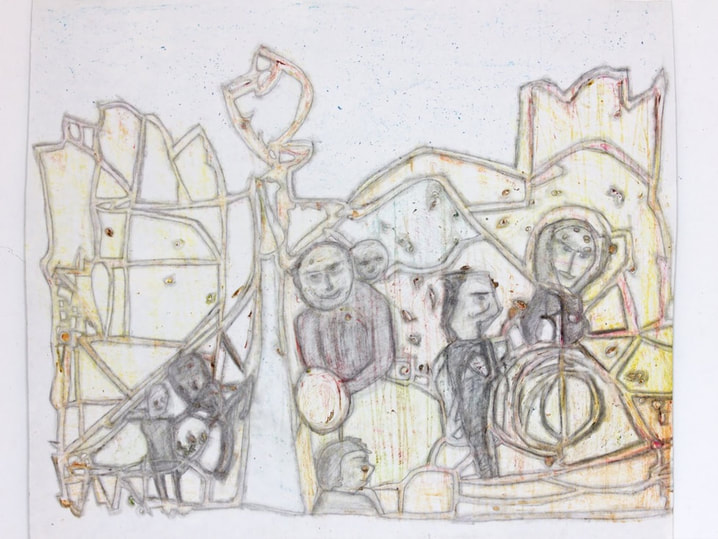
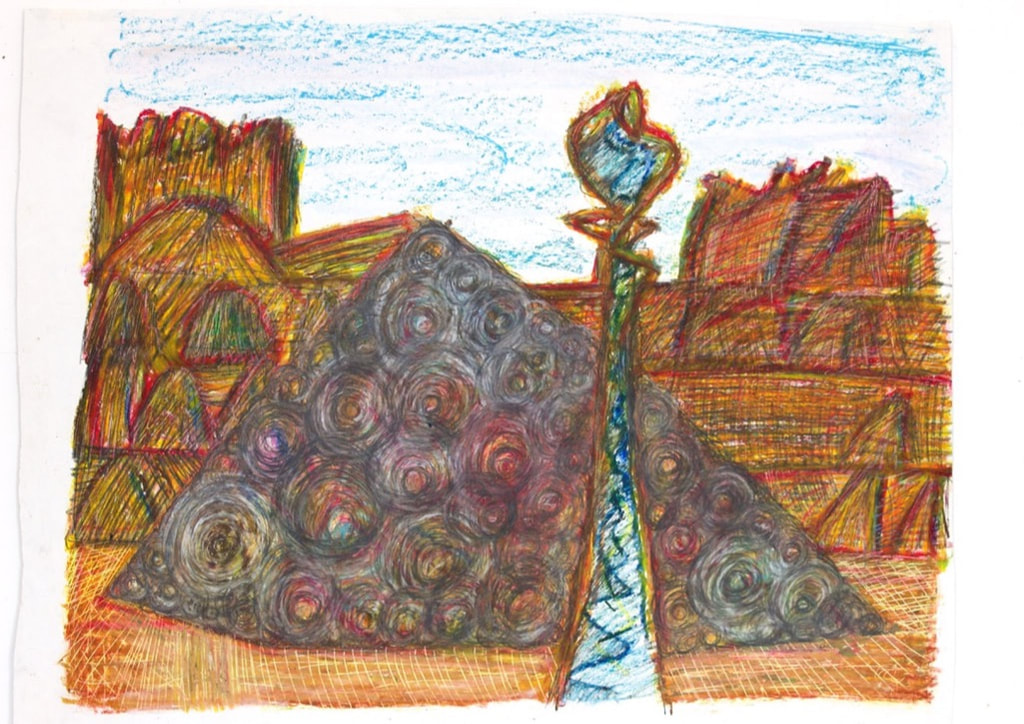
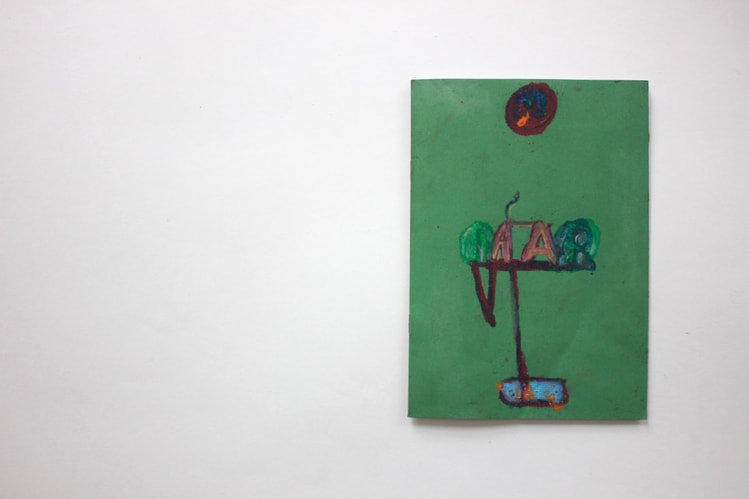
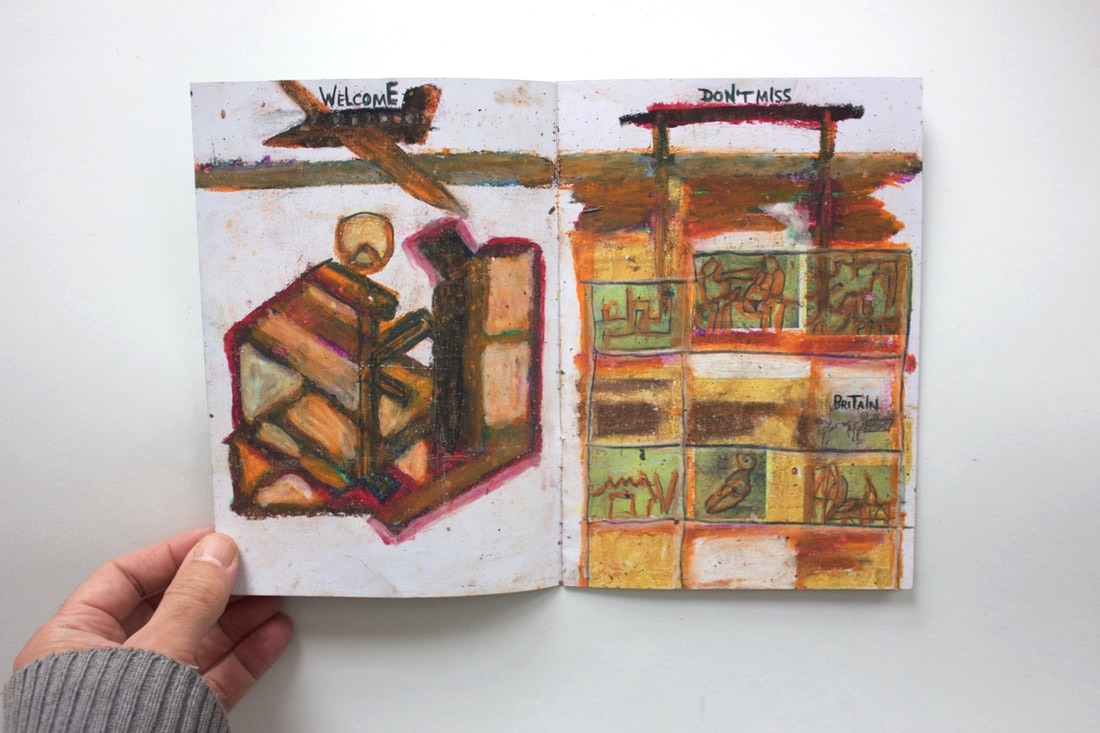
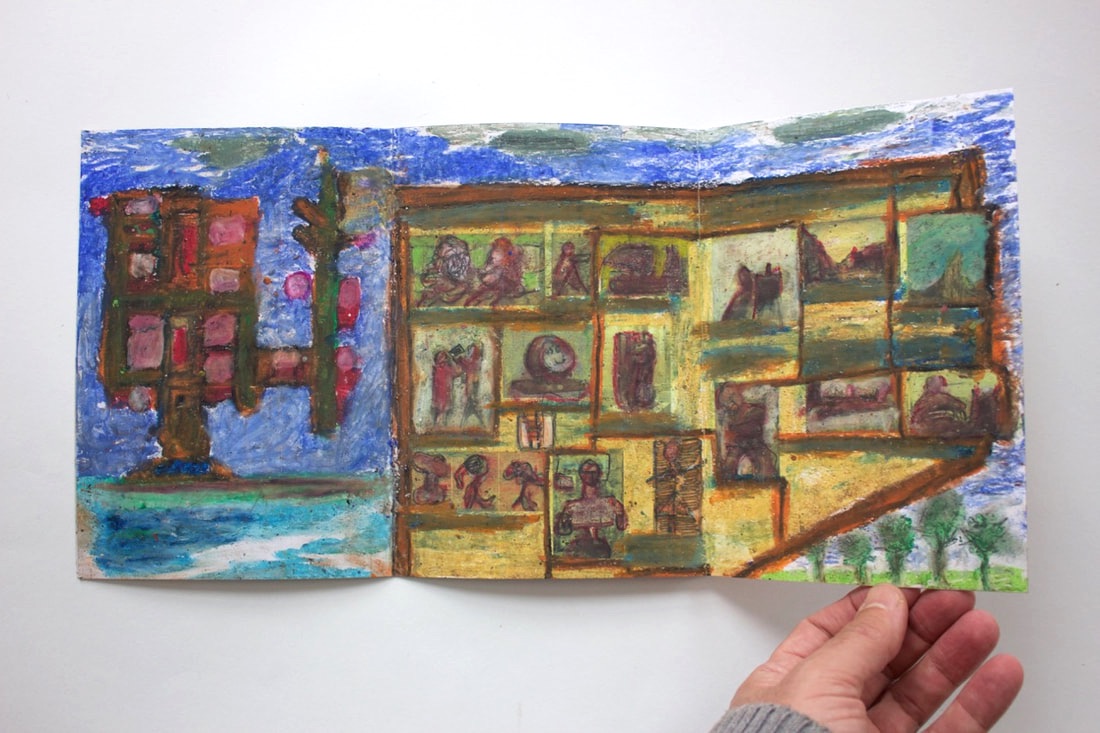
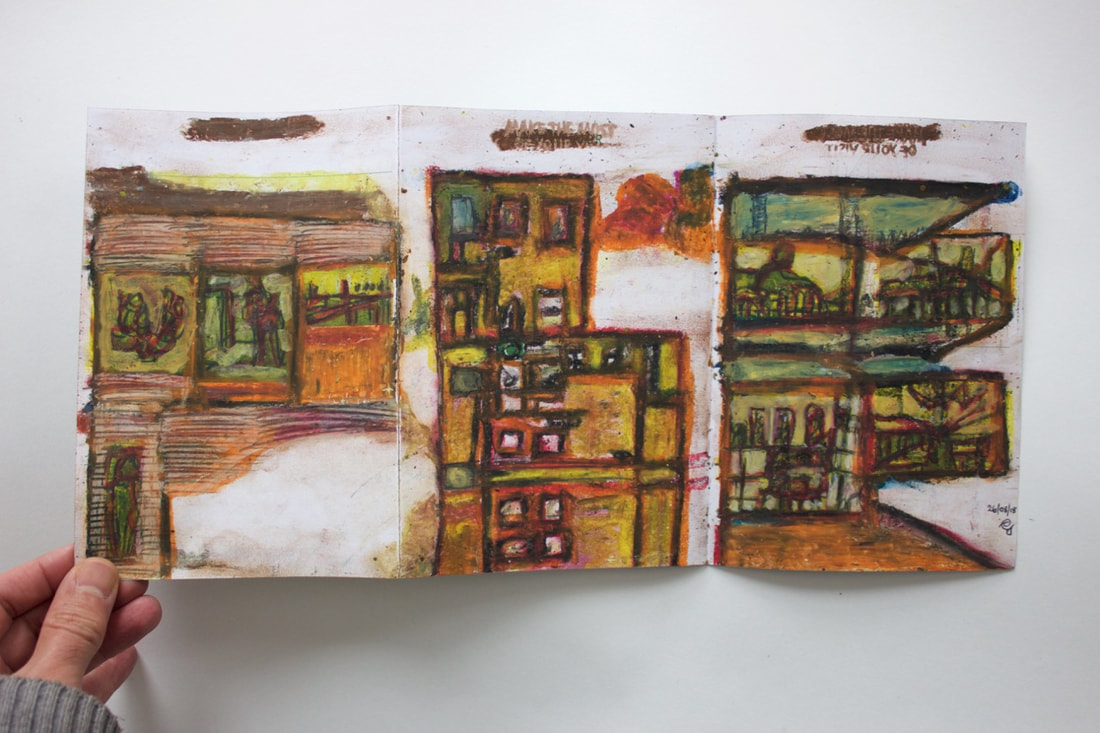
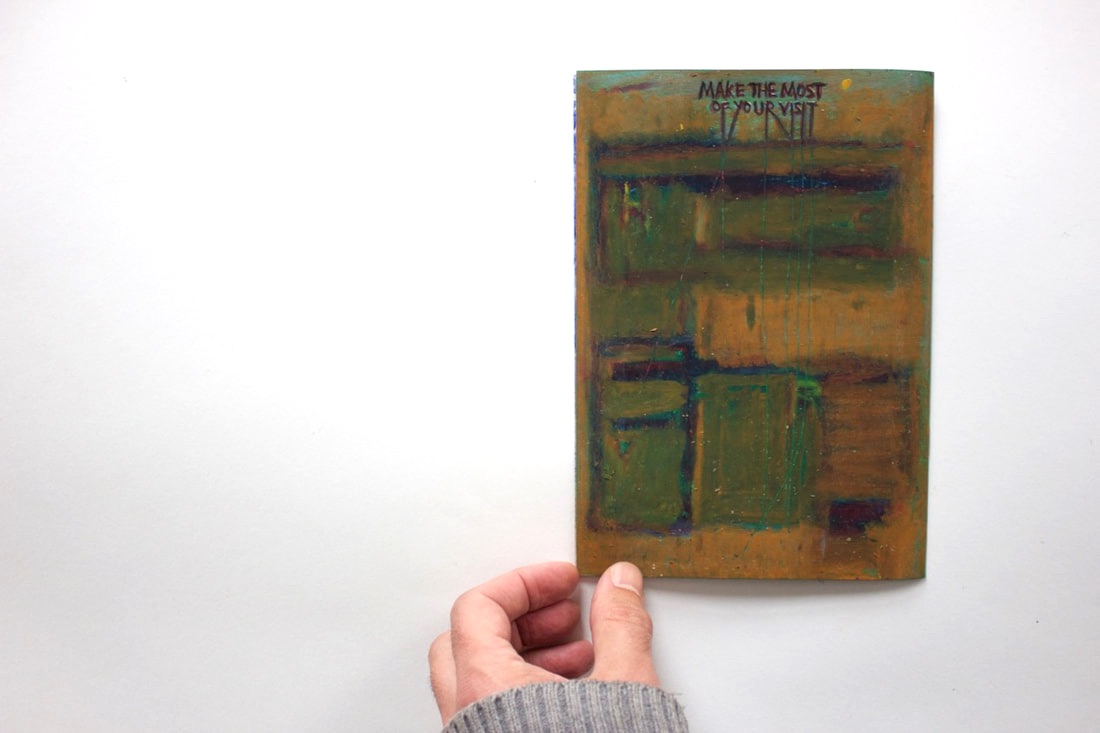
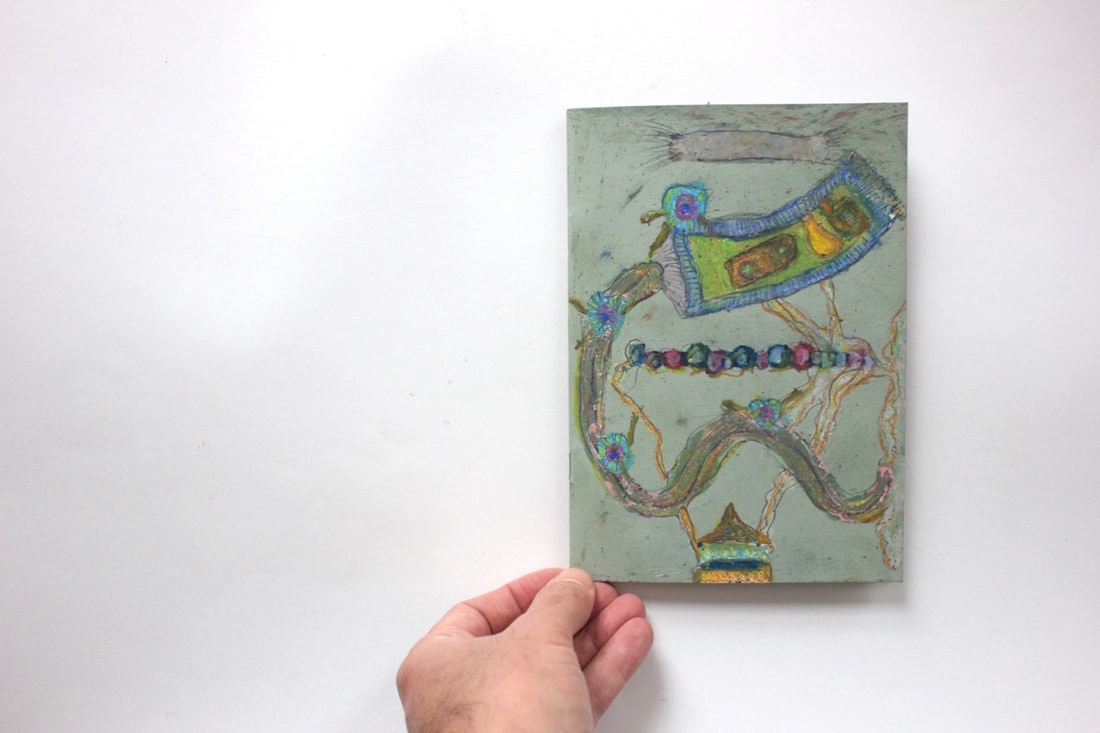
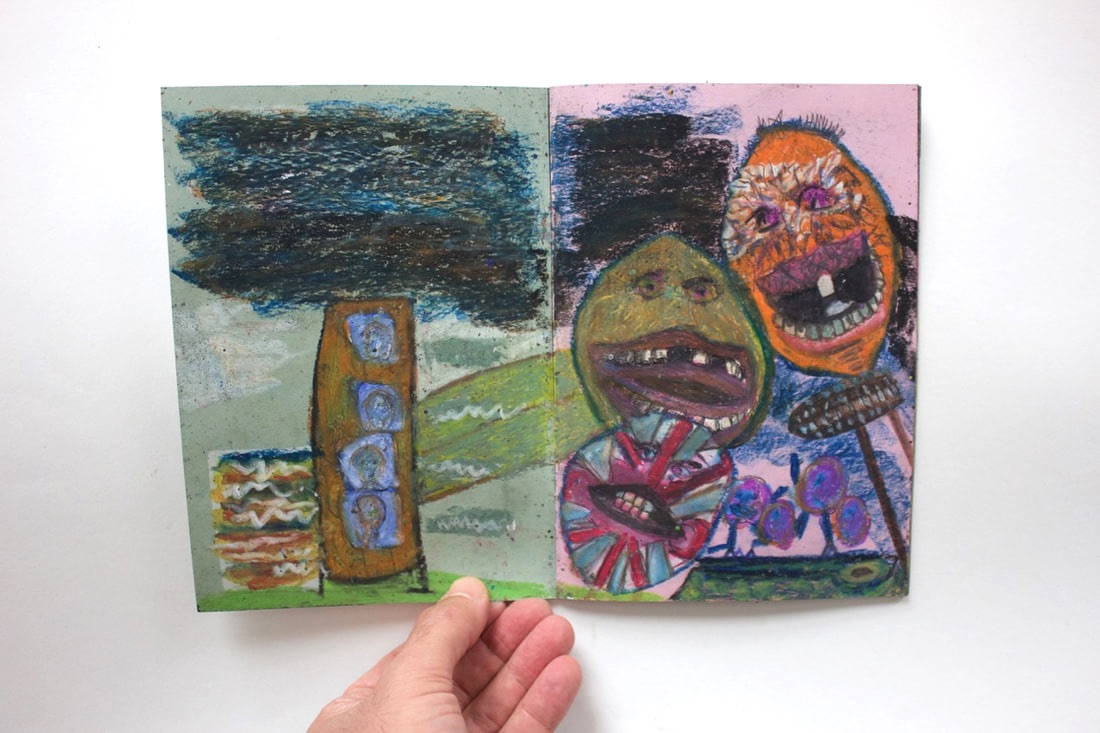
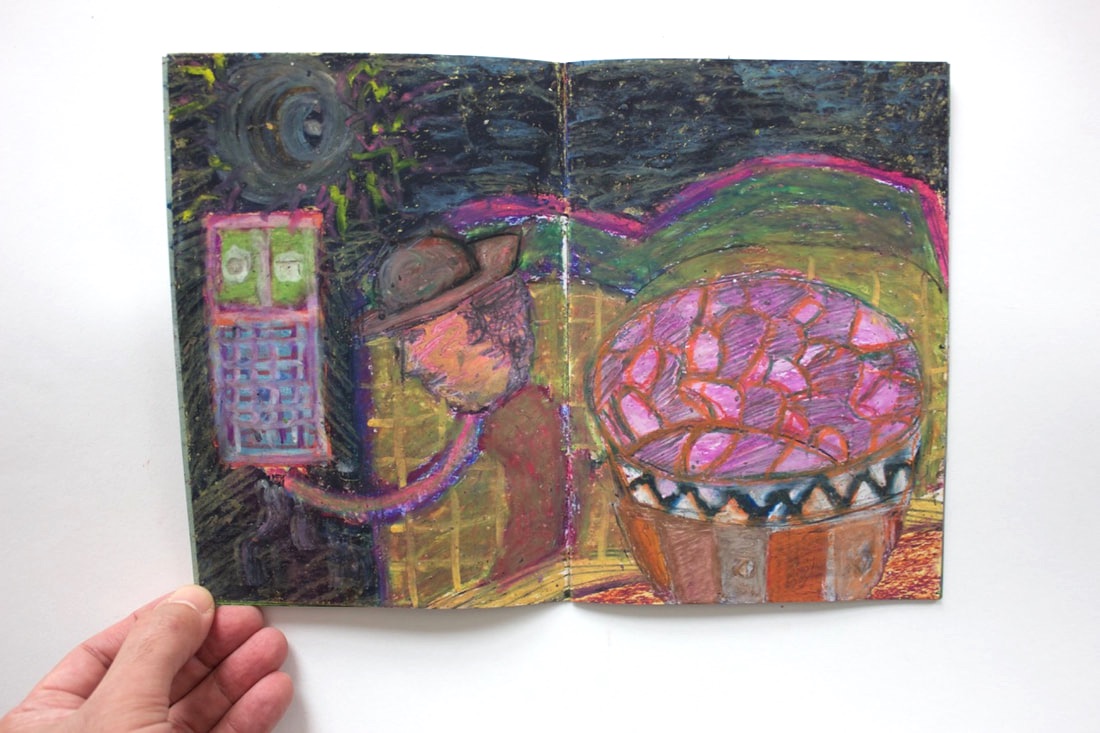
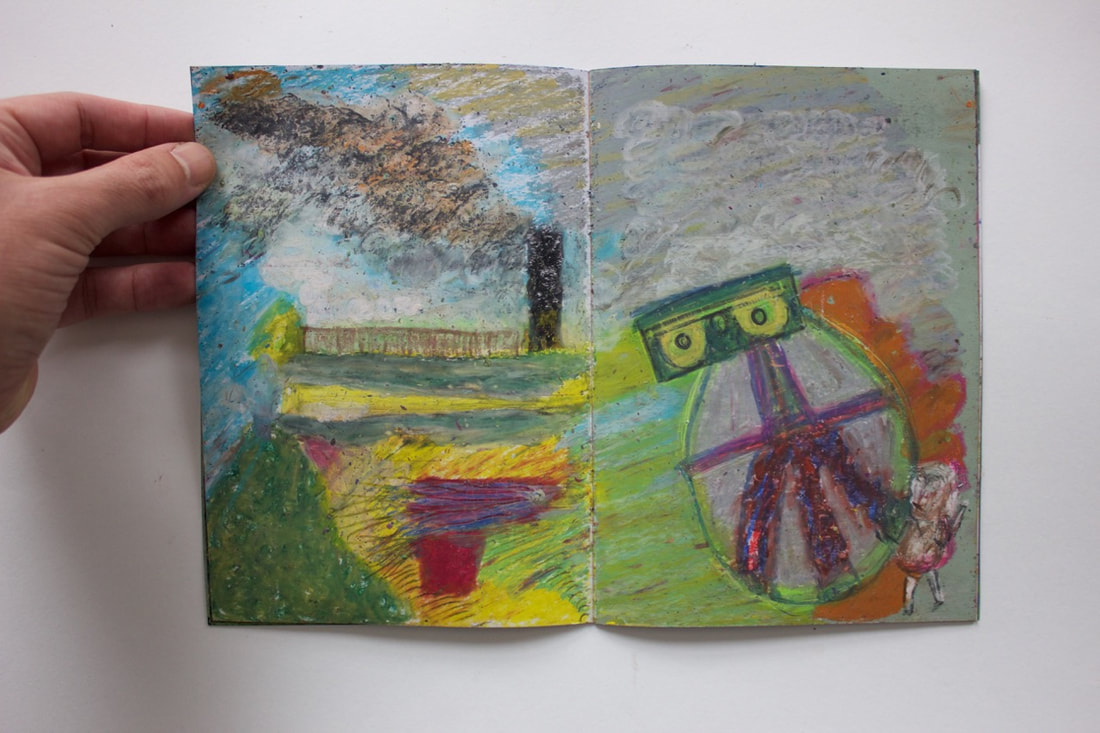
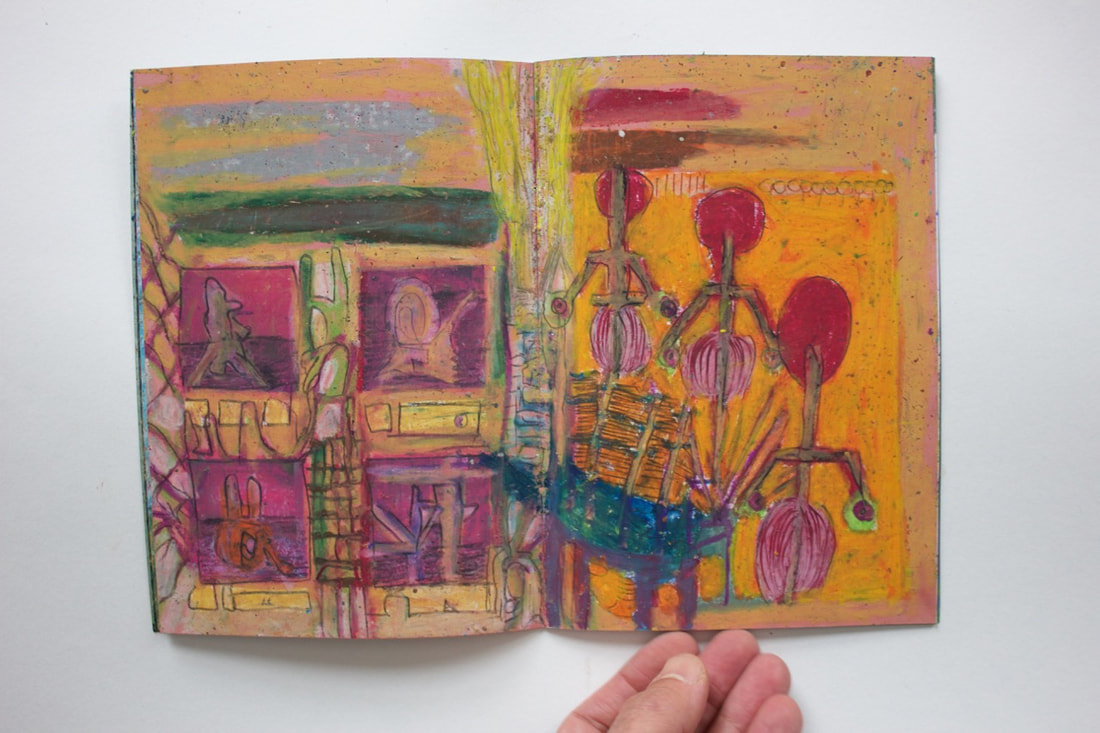
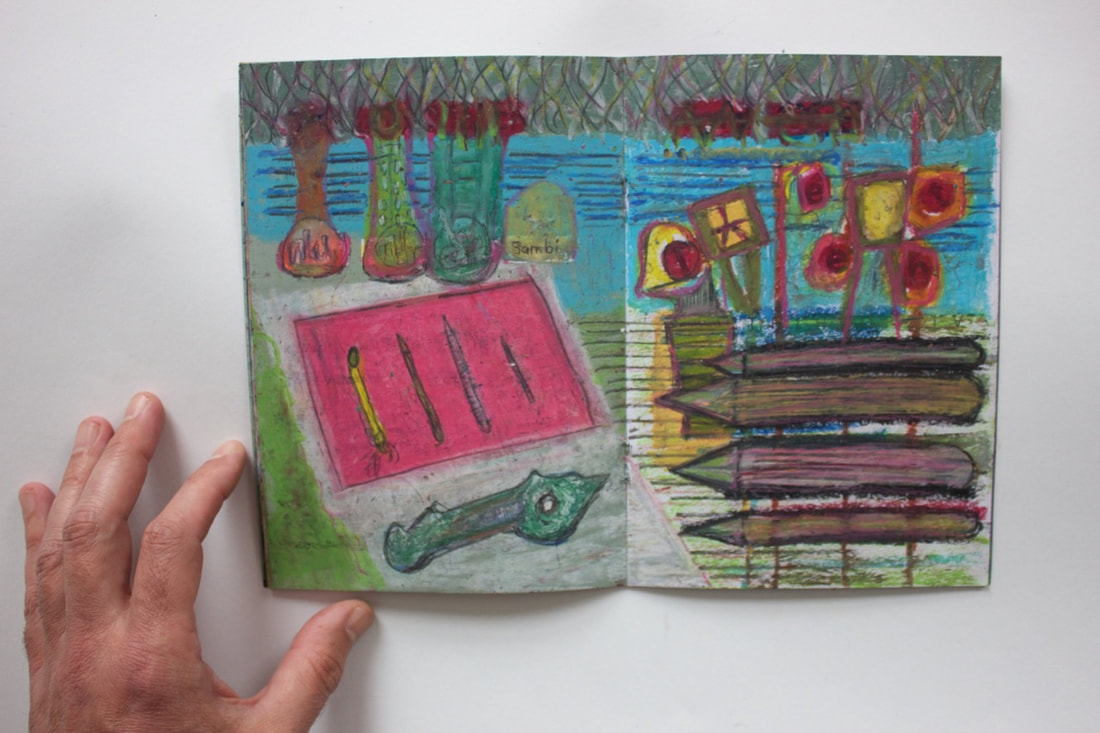
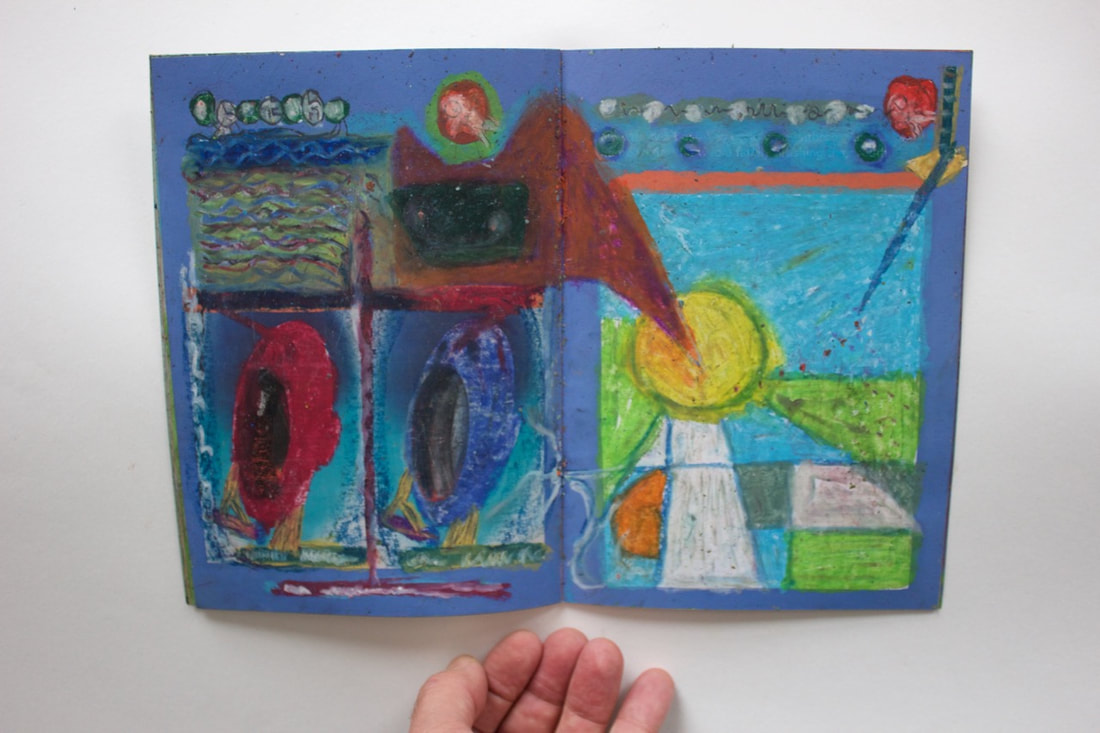
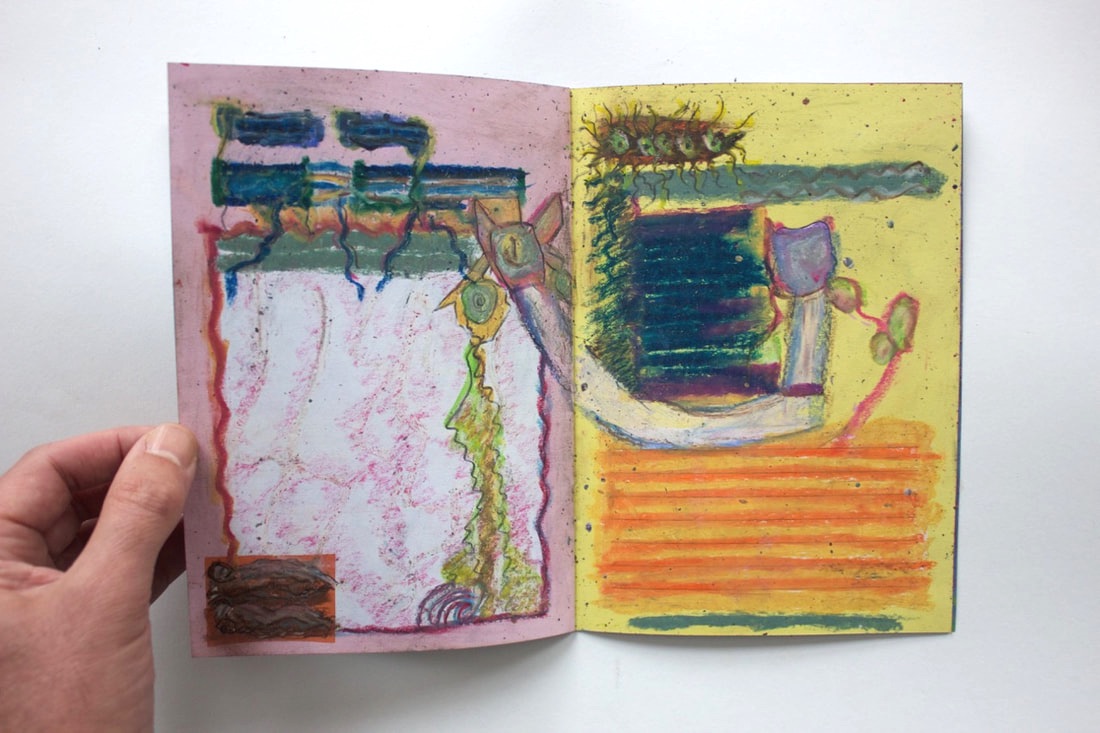
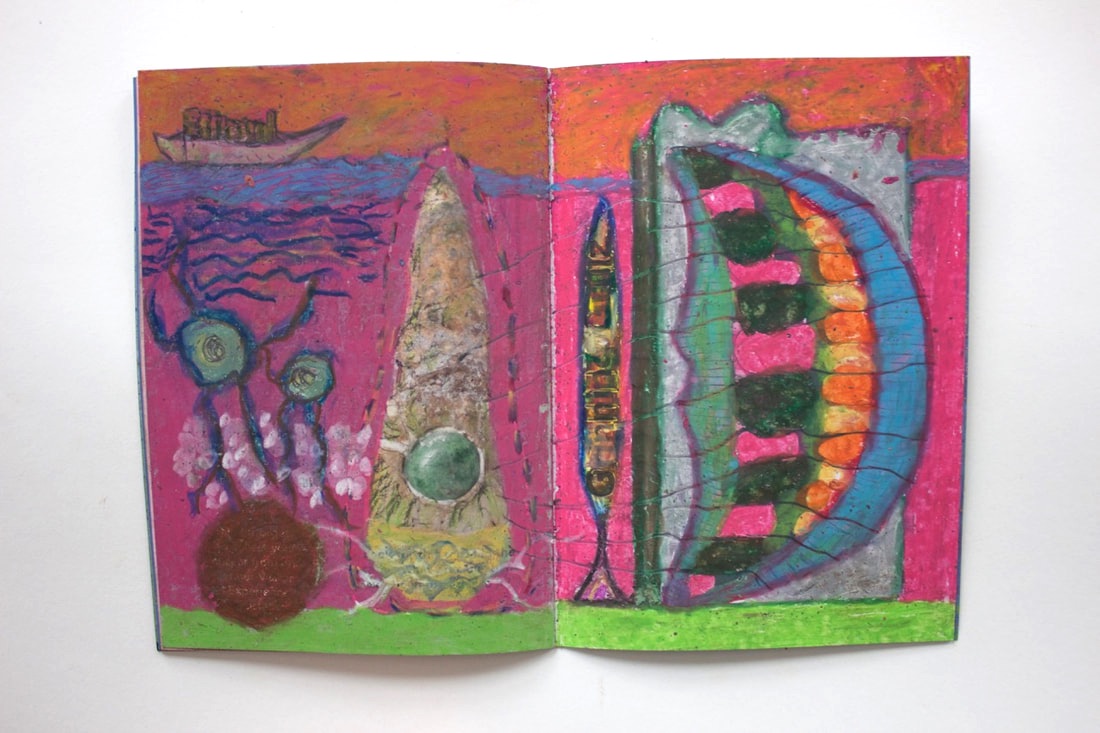


 RSS Feed
RSS Feed
